What is Seattle Center?
Seattle Center is a 74-acre civic, arts, and cultural campus in the heart of Seattle, located in the Uptown neighborhood near Queen Anne Hill. Originally the site of the 1962 Seattle World’s Fair (also known as the Century 21 Exposition), it has evolved over more than six decades to become the Pacific Northwest’s premier gathering place and entertainment destination. The campus attracts approximately 12 million annual visitors and generates $1.864 billion in business activity and more than $631 million in labor income annually.seattlecenter+2
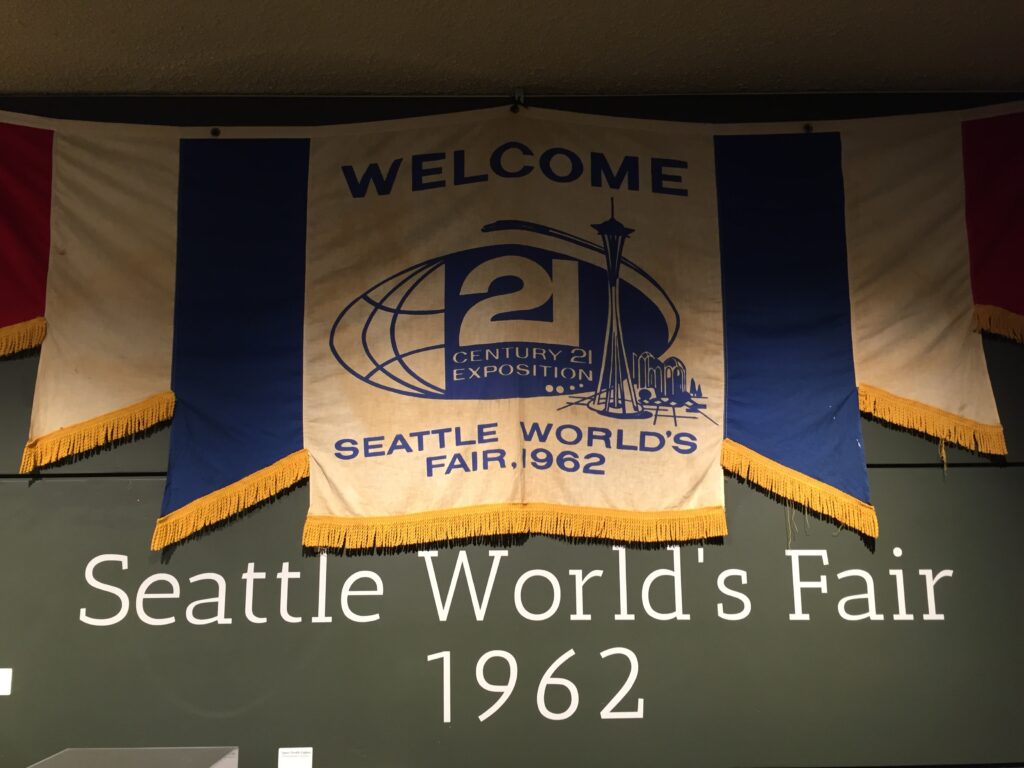
Seattle Center is home to over 30 cultural, educational, sports, and entertainment organizations, providing a stage for thousands of events and programs each year. The iconic Space Needle, built for the 1962 World’s Fair, remains the centerpiece of the campus.seattlecenter+2
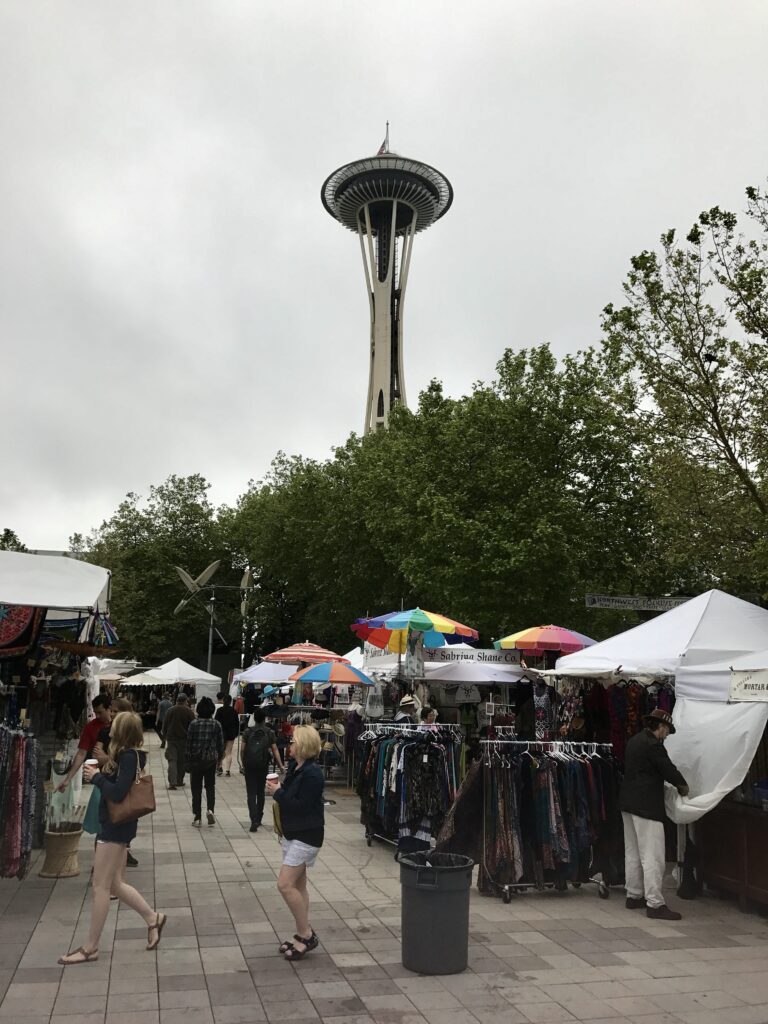
Year-Round Daily Attractions
Seattle Center hosts numerous permanent attractions that operate throughout the year:
Major Attractions:
- Space Needle – The 605-foot iconic observation tower with 360-degree views, featuring the world’s first and only rotating glass floor called The Loupeseattlemonorail+1

- Museum of Pop Culture (MoPOP) – Dedicated to music, science fiction, and pop culture, with exhibits on Jimi Hendrix, Nirvana, and science fiction filmsmopop+1

- Chihuly Garden and Glass – Showcasing the work of glass artist Dale Chihuly in indoor galleries and an outdoor gardenvisitseattle+1
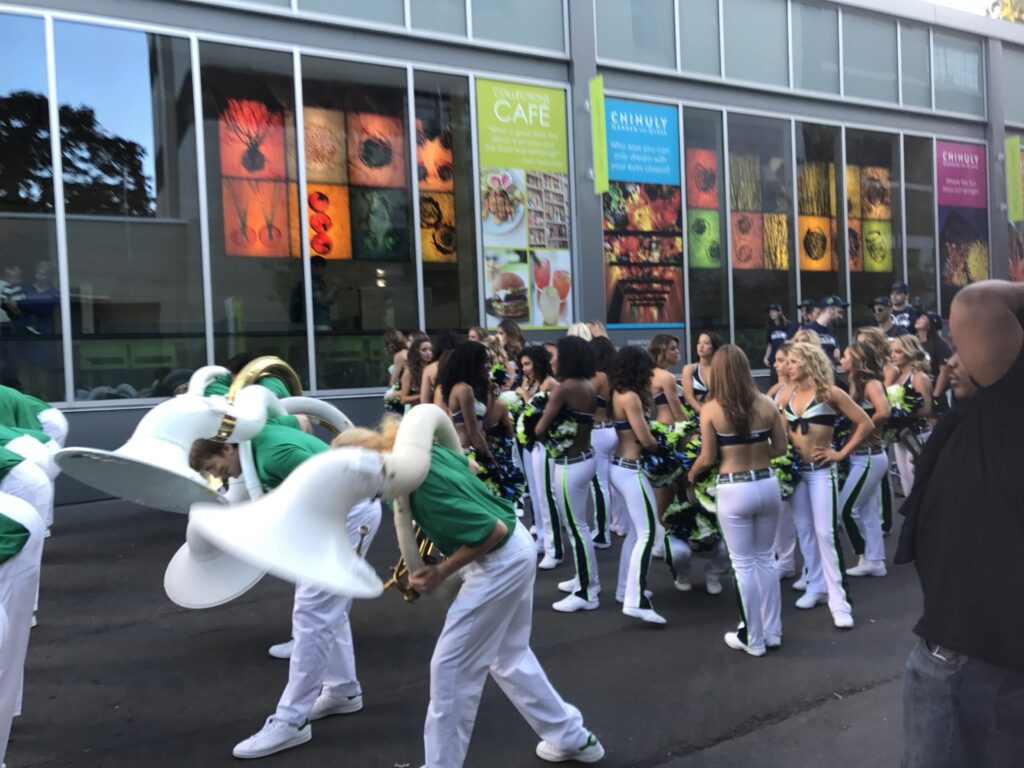
- Pacific Science Center – A science museum with planetarium shows, laser shows, and interactive exhibitspacificsciencecenter+1
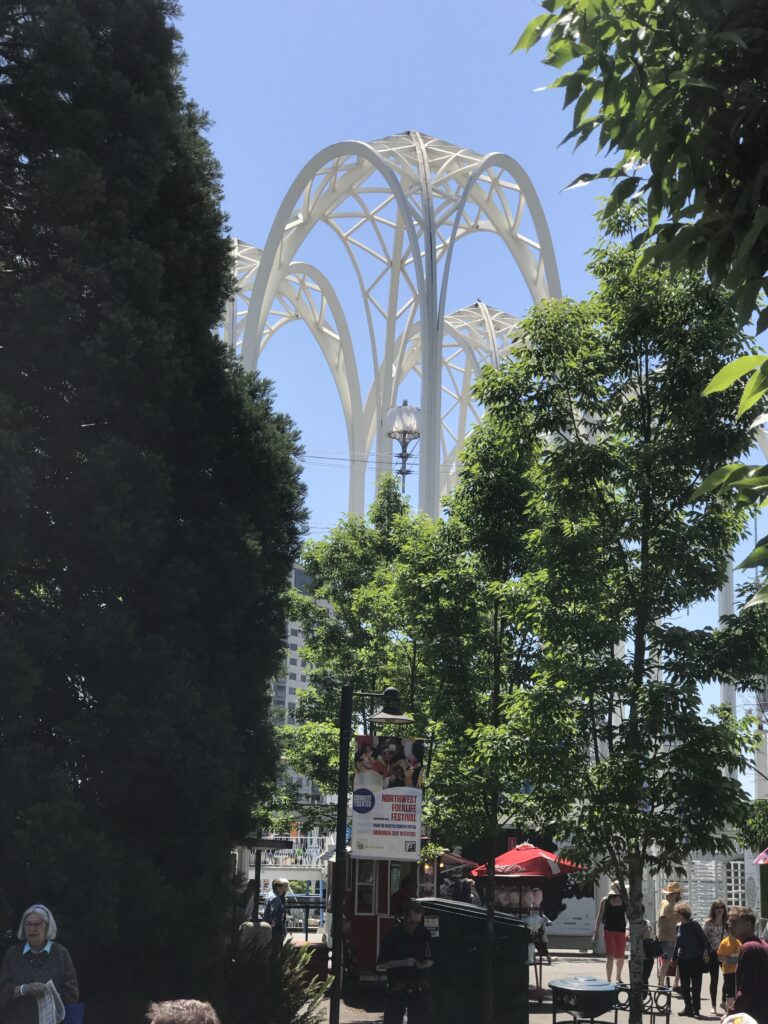
Seattle Children’s Museum – Offering hands-on exploration for children age 10 and youngerseattlemonorail
Climate Pledge Arena – Home to the NHL’s Seattle Kraken and WNBA’s Seattle Storm, hosting sports events and concertstripadvisor+1
Public Spaces and Amenities:
- International Fountain – The iconic central fountain and gathering spaceseattlecenter+1

- Seattle Center Armory Food & Event Hall – Food court with 15 different food vendorsseattlecenter+1
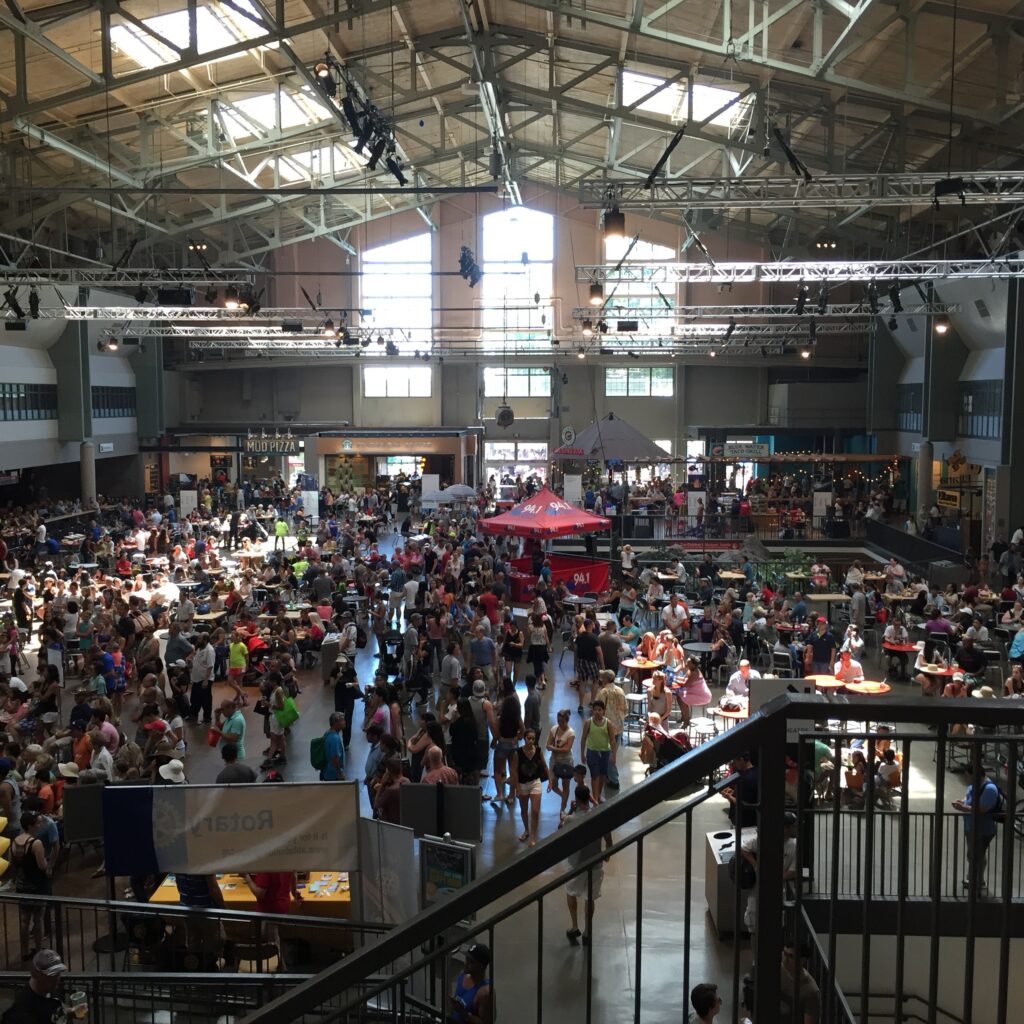
- Artists at Play Playground – Family-friendly play areatripadvisor
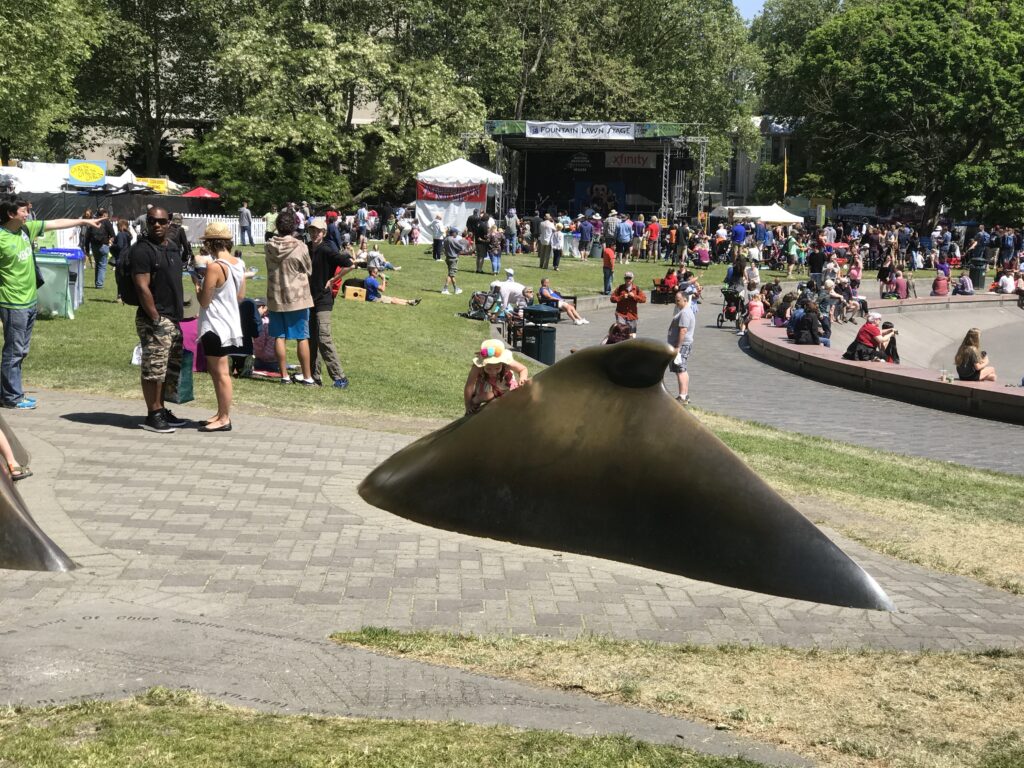
Mural Amphitheatre – Outdoor performance venueseattlecenter

- Seattle Monorail – Connecting Seattle Center to downtown Seattlespaceneedle+1
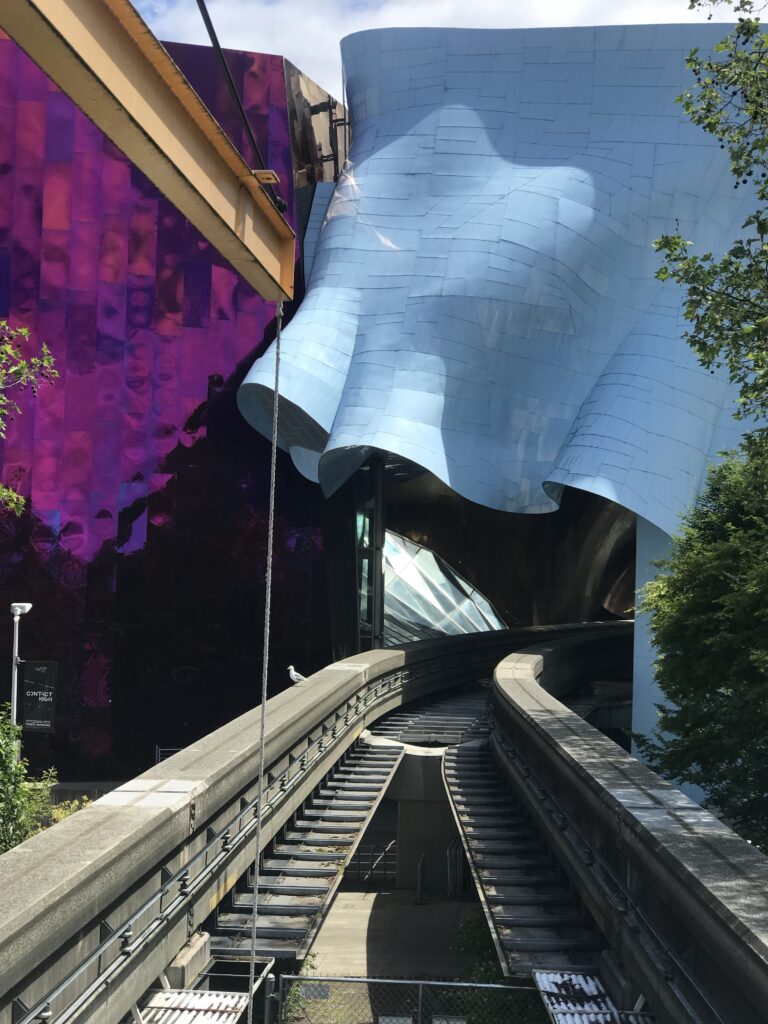
Annual Festivals at Seattle Center
Seattle Center hosts an extensive array of regular festivals throughout the year. The most prominent is the Seattle Center Festál series, celebrating its 28th year in 2025 with 25 free, family-friendly cultural festivals:centerspotlight.seattle+2

2025 Festál Festival Schedule:
- Tết in Seattle – Vietnamese Lunar New Year (January 25-26)seattlecenter+1
- Irish Festival Seattle (March 15-16)seattlecenter
- Seattle’s French Fest (March 23)seattlecenter
- Seattle Cherry Blossom & Japanese Cultural Festival (April 11-13)seattlecenter
- Asian American Native Hawaiian Pacific Islander Heritage Month Celebration (May 3)seattlecenter
- Spirit of Africa (May 10)seattlecenter
- A Glimpse of China – Seattle Chinese Culture & Arts Festival (May 17)seattlecenter
- Northwest Folklife Festival (May 23-26) – One of the largest free festivals, attracting upwards of 250,000 participants during Memorial Day weekendseattlecenter
- Pagdiriwang Philippine Festival (May 31-June 1)seattlecenter
- Indigenous People Festival (June 7)seattlecenter+1
- Seattle Iranian Festival (date to be announced)seattlecenter
- Polish Festival Seattle (July 12)seattlecenter+1
- Seattle Arab Festival (July 19-20)seattlecenter+1
- Bite of Seattle (July 25-27) – Seattle’s largest free-admission food festival featuring 300+ food and retail vendorsbiteofseattle
- A Day in Punjab (August 2)centerspotlight.seattle+2
- Tibet Fest (August 9-10)seattlecenter+1
- BrasilFest (August 17)seattlecenter+1
- Festival Sundiata presents Black Arts Fest (August 23-24)seattlecenter+1
- Bumbershoot (August 30-31) – A multi-disciplinary arts festival showcasing music, comedy, dance, film, theatre, visual arts and moreseattlecenter+2
- Live Aloha Hawaiian Cultural Festival (September 7)seattlecenter+1
- Sea Mar Fiestas Patrias (September 13-14)seattlecenter+1
- The Italian Festival (September 27-28)seattlecenter+1
- CroatiaFest (October 5)seattlecenter+1
- Turkfest (October 11-12)seattlecenter+1
- Diwali: Lights of India (October 18)seattlecenter+1
- Día de Muertos Festival Seattle (November 1-2)seattlecenter+1
- Seattle Hmong New Year (November 8)seattlecenter+1
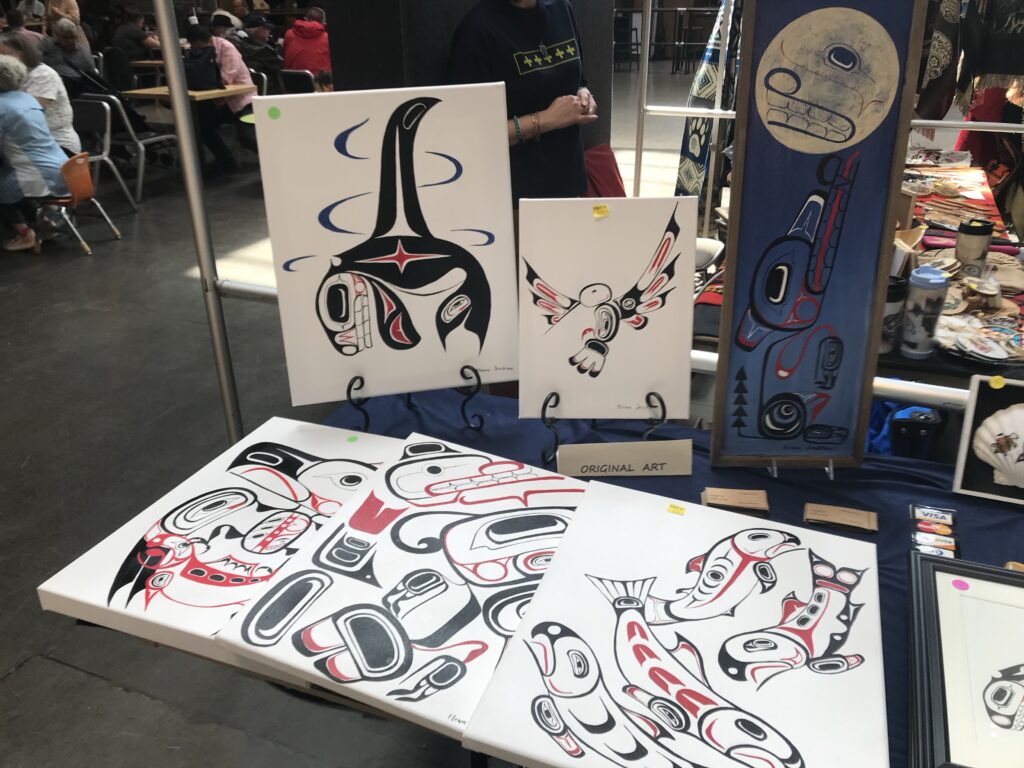
These festivals offer music, dance, art, crafts, food, and interactive experiences celebrating the diverse cultural communities of the Pacific Northwest.seattlecenter+2
The Seattle Center Armory
The Seattle Center Armory (originally called the Seattle Field Artillery Armory) is a historic building constructed in 1939 by the Washington National Guard. The building originally housed the 146th Field Artillery, the 66th Field Artillery Brigade, and the Washington Headquarters of the 41st Division of the National Guard. At 129,000 square feet, it was considered the most modern armory in the United States at the time of its construction.wikipedia+2
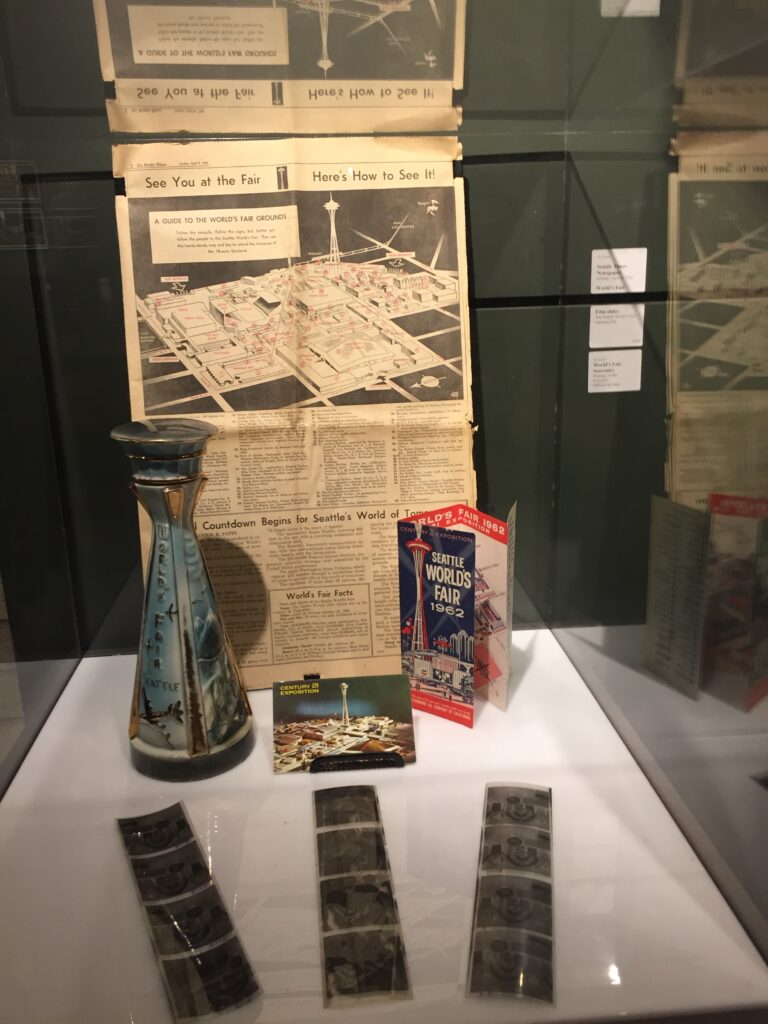
During the 1962 World’s Fair, the Armory was reconfigured into the first vertical shopping mall, called the Food Circus, which predated Northgate Mall as the first indoor mall in the United States. It was later renamed Center House in the early 1970s. In 2012, the building was renovated and renamed the Seattle Center Armory.seattle+2

Today, the Armory houses the Armory Food & Event Hall, a food court on the main level (2nd floor) with 15 different food vendors. The building also hosts cultural celebrations, festivals, and over 3,000 free public performances each year on its Center Stage. The Seattle Children’s Museum occupies the first floor of the building. The Armory connects to the Seattle Monorail platform and features a 60-foot outdoor deck.seattlecenter+3

The Disney Plan: Hired Consultants and Rejection
Disney consultants were hired to develop a long-range master plan for Seattle Center, and the plan was ultimately rejected by the Seattle City Council and community members.
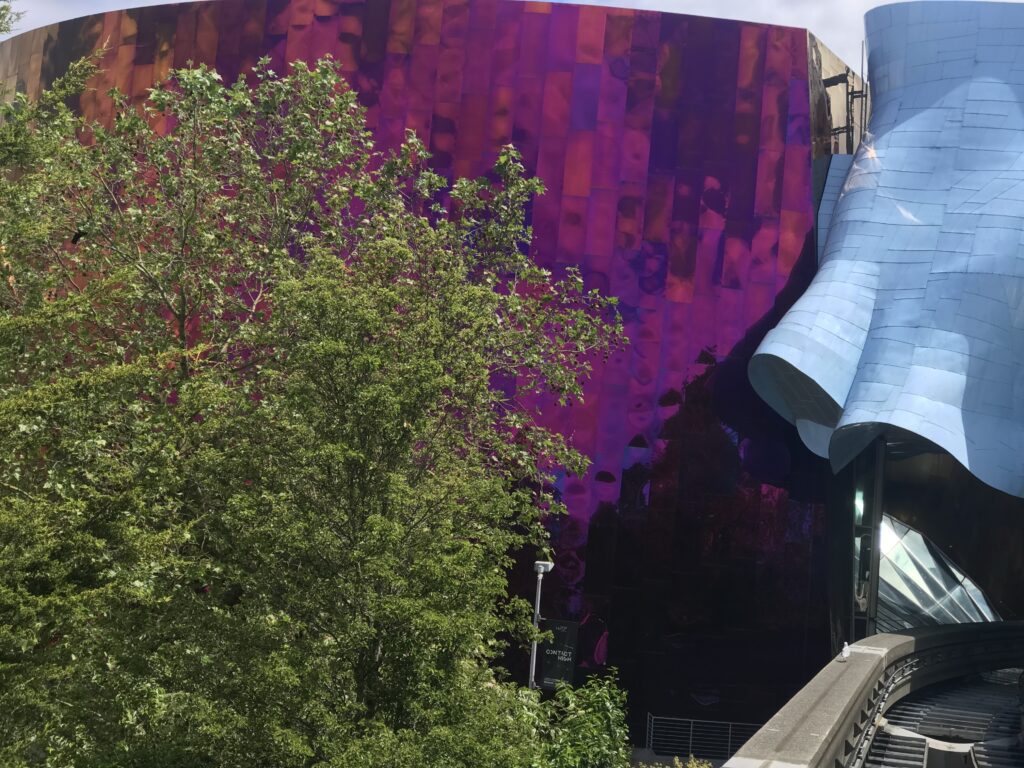
Background: By the 1980s, Seattle Center’s structures were approaching 30 years of age and required expensive maintenance and modernization. The city was also running chronic budget shortfalls exceeding $10 million annually. In 1987, Mayor Charles Royer enlisted Walt Disney Imagineering, along with the Harrison Price Company, to reimagine Seattle Center and create a master conceptual and economic development plan.seattletravel+3
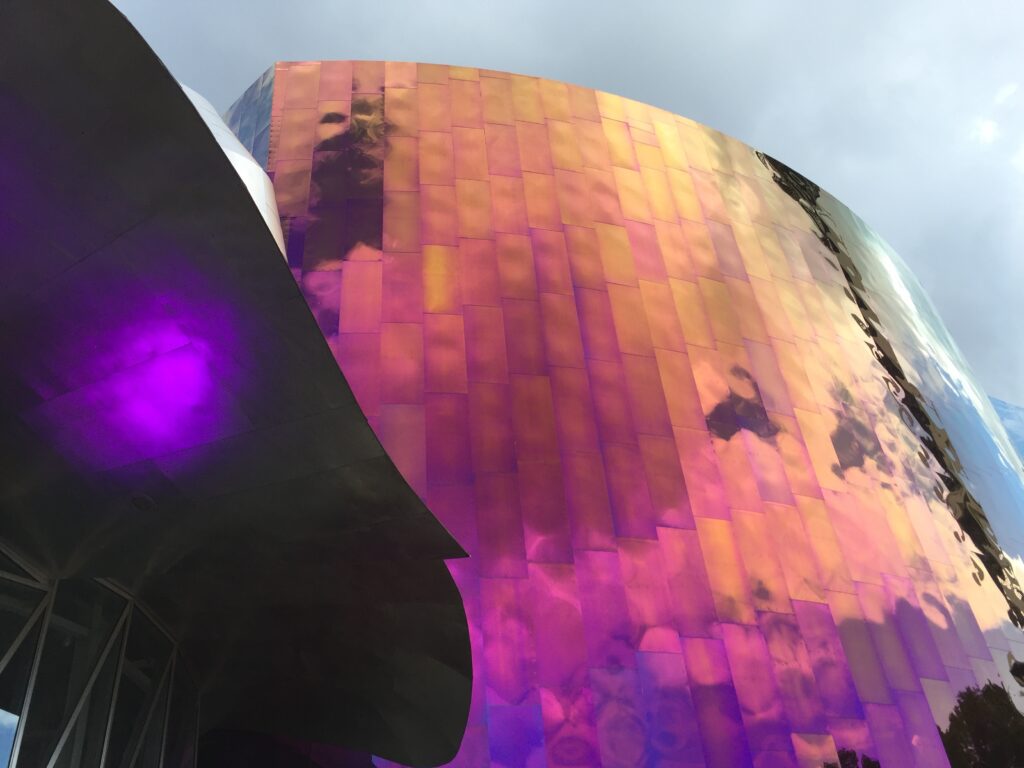
The Disney Proposal: Released in May 1988, the Disney plan presented five options ranging from minimal changes to ambitious redevelopment. The most comprehensive option, which Mayor Royer presented, had a capital investment of approximately $335 million over 20 years. The plan proposed:centerspotlight.seattle+1
- Adding a “craft” museum and village
- Creating a family amusement park with children’s rides
- Building a “thrill ride park” featuring dramatic roller coasters
- Constructing an entertainment center and concert venue/amphitheater
- Adding an ice skating rink, expanded meeting facilities, and a teen dance pavilion
- Building a conference center, hotel, and residential complex
- Demolishing or repurposing Memorial Stadium, the Armory (potentially), the Fun Forest, Flag Pavilion, and the International Fountainwikipedia+2
- Installing ticket booths and charging admission to enter Seattle Centerseattletravel

Why the Plan Was Rejected:
The Disney proposal faced immediate and intense public opposition and was ultimately rejected by the Seattle City Council in 1988-1990. The primary reasons for rejection included:centerspotlight.seattle+2
- Lack of Community Engagement: Disney refused to meet with the City Council or community members for input, creating immediate hostilityseattletravel
- Over-Commercialization: Critics condemned the plan as a “pricey, plasticized version of Disneyland” that would “commercialize every last inch” of an area filled with public spaces and rich historycenterspotlight.seattle+1
- Loss of Historic Structures: The proposal included tearing down beloved landmarks such as Memorial Stadium (used by local high schools) and the International Fountain from the 1962 World’s Fairwikipedia+1
- Admission Fees: Proposals to fence off the entire center and require payment for entrance scared community members who freely used the spaceseattletravel
- Exclusionary Design: The plans made no room for the elderly or other marginalized groupsseattletravel
- Traffic and Parking Concerns: Not enough attention was paid to parking and the influx of traffic to the areaseattletravel
- High Cost: The $335 million price tag was significantly higher than competing plans that ranged from $44 million to $215 millionseattletravel
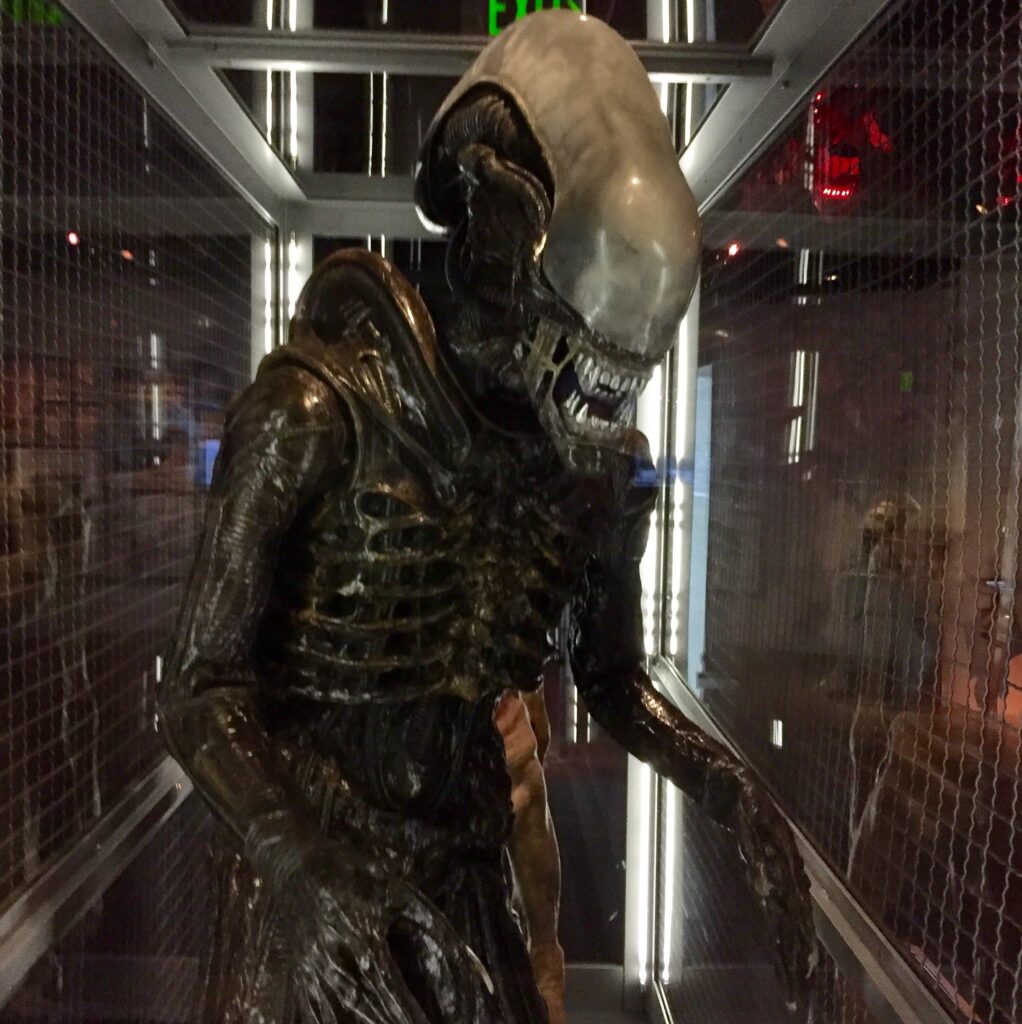
As the Seattle Times reported in February 1990, “Public Pressure more than a year ago made clear that Seattle Center would not become a Puget Sound version of Disneyland”. Following the rejection, Seattle City Council and community activists created the Seattle Center 2000 Master Plan, adopted on July 23, 1990, following an extensive two-year public involvement process. This plan focused on enhancing existing facilities rather than dramatic transformation, and emphasized that “programming – not buildings – account for the Center’s success”.centerspotlight.seattle+2
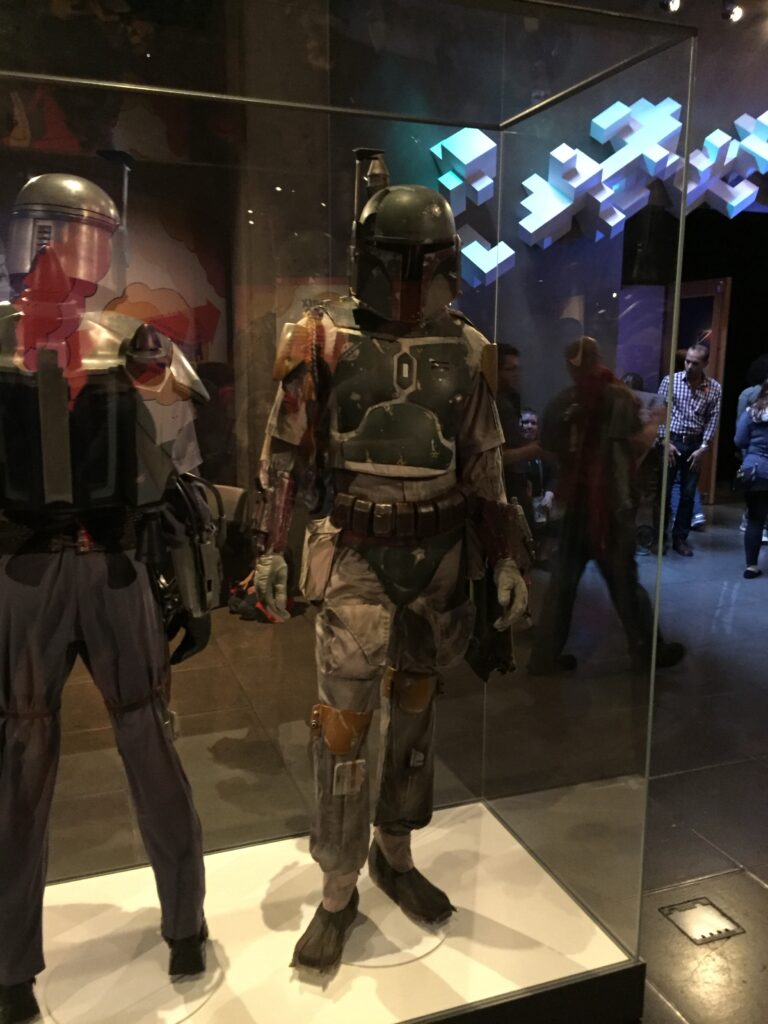
History and Development of Seattle Center
Original Purpose: In 1886, Seattle founder David Denny donated the tract of land stipulating it be for “public use forever”. In 1928, Mayor Bertha Knight Landes dedicated the newly-constructed arena and auditorium on the site as the Civic Center complex.wikipedia

The 1962 World’s Fair: The defining moment came when Seattle was selected to host the Century 21 Exposition (Seattle World’s Fair) from April 21 to October 21, 1962. The fair was conceived by City Councilman Al Rochester in the early 1950s. In 1957, Seattle voters passed a $7.5 million Civic Center bond for fairground development, matched by the state legislature. The federal government contributed over $9 million, primarily to build the NASA-themed U.S. Science Exhibit (now Pacific Science Center).seattle+2
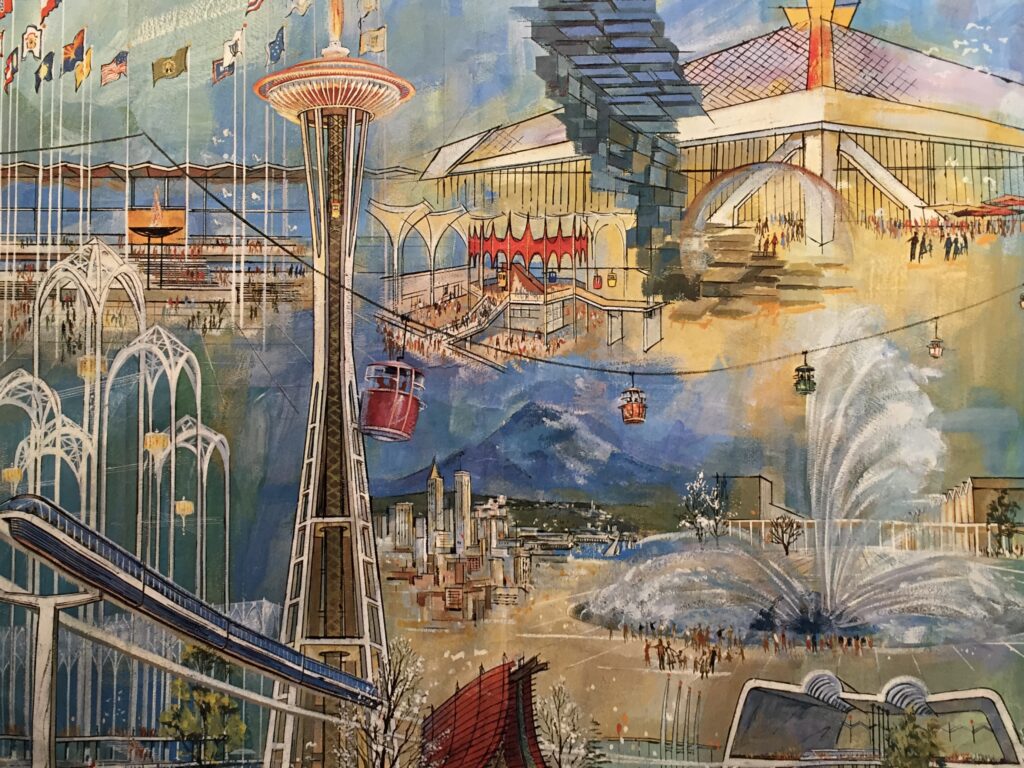
The fair’s theme centered on modern science, space exploration, and the progressive future. President John F. Kennedy officially opened the fair using remote control from Palm Beach, Florida. The fair attracted nearly 10 million visitors over six months and was the first single-year fair in history to make a profit. Notable visitors included Vice President Lyndon Johnson, Elvis Presley, Prince Philip of England, astronaut John Glenn, and Robert F. Kennedy.seattle+3

Iconic structures built for the fair include:
- The Space Needle (605 feet tall)visitseattle+1
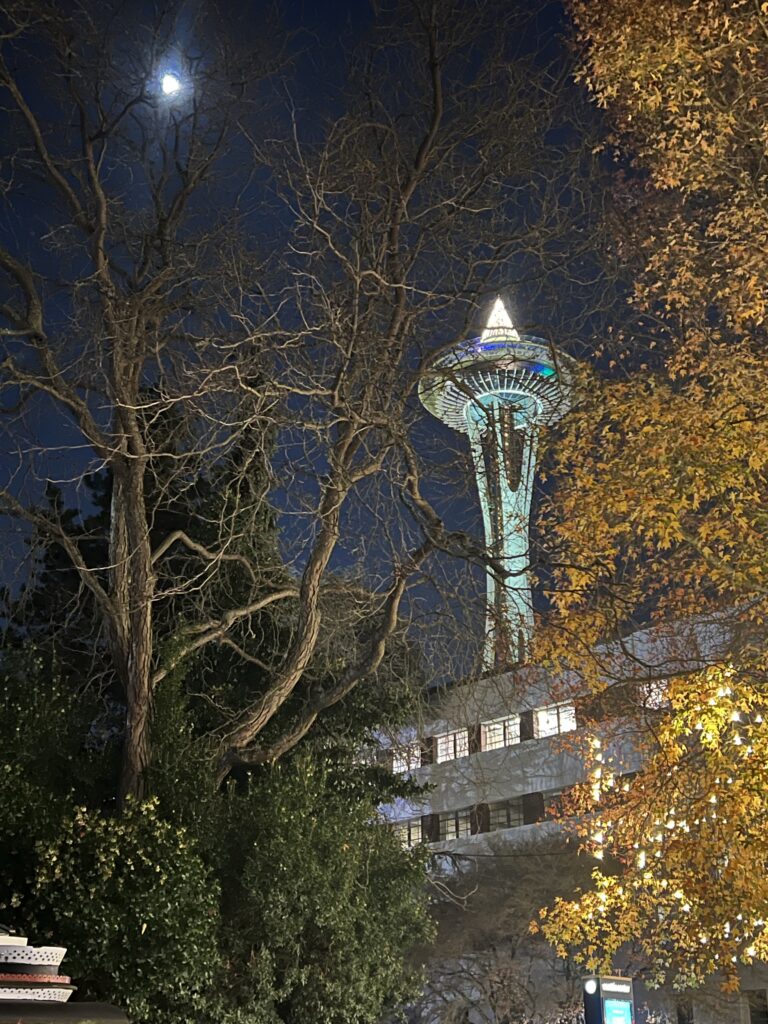
The Monorail (the nation’s first full-scale commercial monorail system)spaceneedle
- The International Fountain (designed by Japanese architects Hideki Shimizu and Kazuyuki Matsushita)wikipedia

Washington State Coliseum (now Climate Pledge Arena)seattle
- U.S. Science Pavilion (now Pacific Science Center)wikipedia+1

Post-Fair Evolution: On June 1, 1963, ownership of the complex was returned to the City of Seattle. The fairground was converted into Seattle Center and became a permanent civic and cultural center. The 1990 Master Plan provided the first coherent post-1962 identity, directing the transition from temporary World’s Fair buildings to a unified campus. Voters supported Seattle Center levies in 1991 and 1999, leading to $760 million in investment between 1990 and 2012, with over $460 million raised from private sources.historylink+5

FIFA World Cup 2026 Role
Seattle Center will play a central role in the FIFA World Cup 2026™, serving as the location for the official Seattle Fan Celebration.harrell.seattle+2

Seattle’s World Cup Hosting: Seattle will host six FIFA World Cup matches at Seattle Stadium (Lumen Field) – four in the first-round group stage (including matches on Juneteenth welcoming the U.S. Men’s National Team) and two in the knockout rounds, scheduled for June 15 through July 6, 2026.visitseattle+3
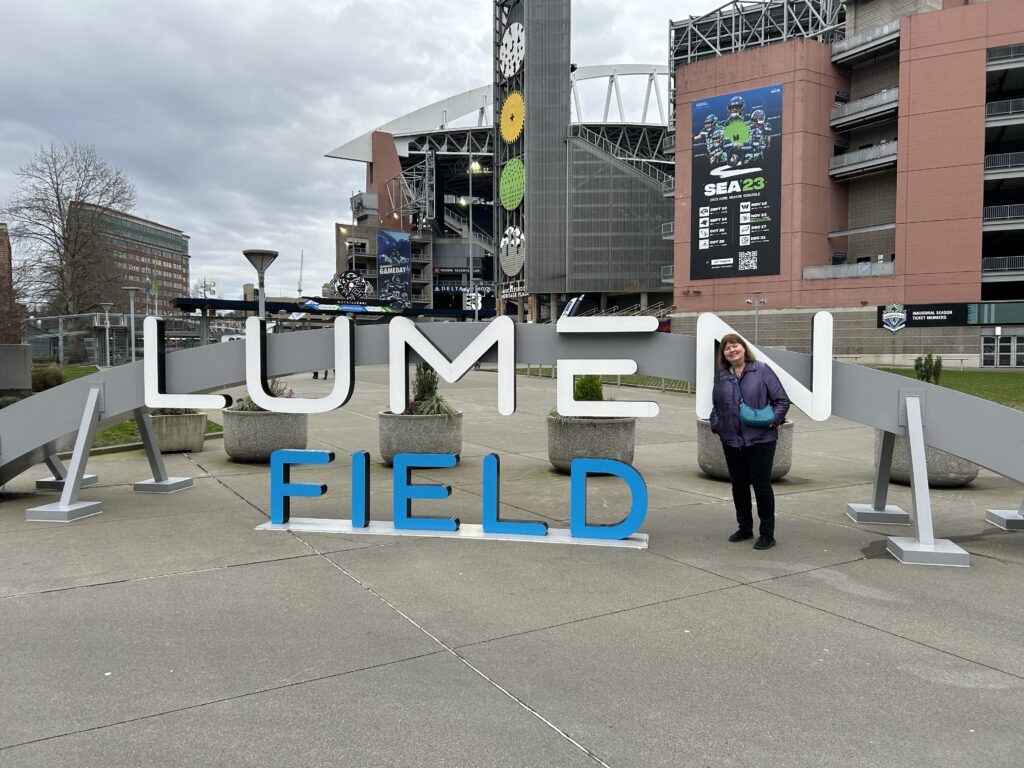
Seattle Fan Celebration at Seattle Center:
Announced in October 2024 by the Seattle FIFA World Cup 26™ Organizing Committee (SeattleFWC26) and Mayor Bruce Harrell, Seattle Center will host Washington’s largest and most interactive non-stadium fan experience. The celebration is expected to accommodate up to 750,000 visitors over the course of the tournament.komonews+1
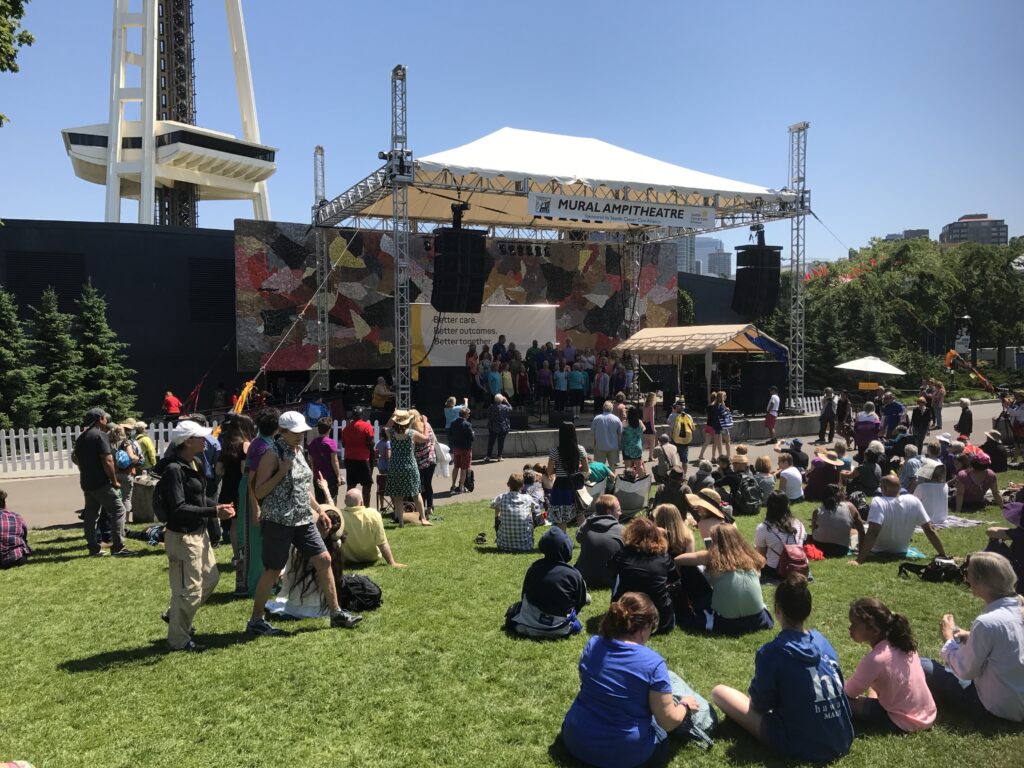
Location and Capacity: The fan celebration will span the center grounds of Seattle Center, extending from the Museum of Pop Culture (MoPOP) to Fisher Pavilion and the Pacific Science Center. When activated during the tournament, the capacity is estimated at up to 20,000 people at any given time, with staging built to involve 30,000 people daily.fox13seattle+1
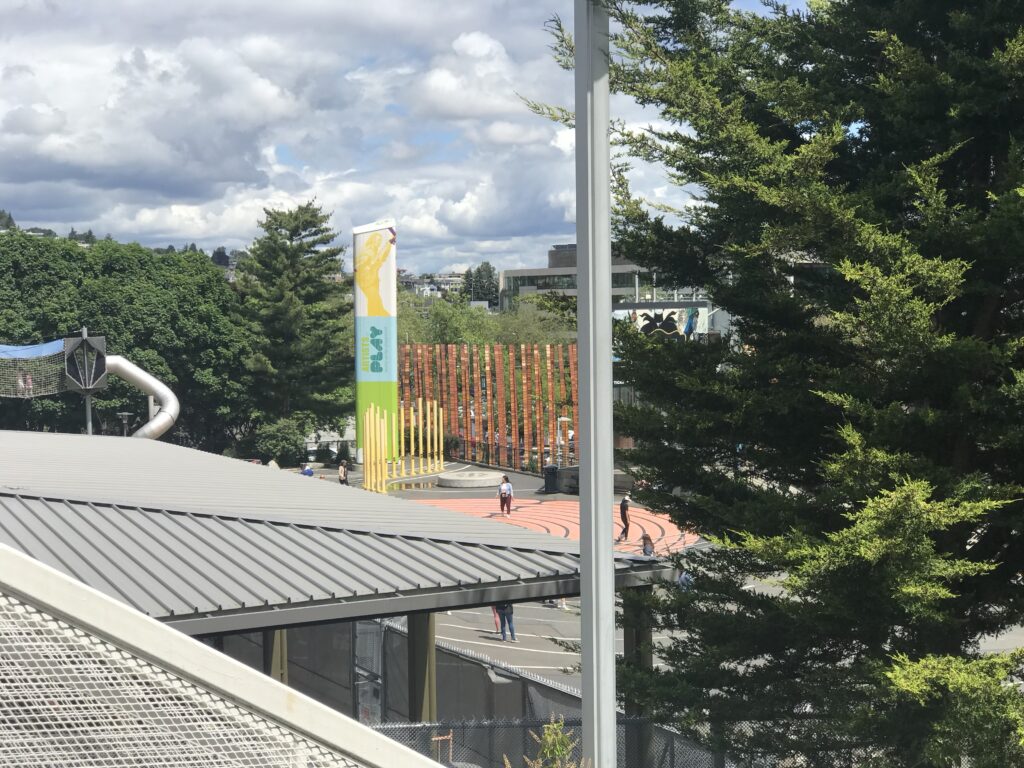
Programming and Activities: The free community event, spanning up to 24 days, will include:seattlefc26+2
- Live broadcasts of all Seattle FIFA World Cup matches on massive screens
- Entertainment by local artists and live concerts
- Hospitality areas and sponsor activations
- Educational displays
- Showcases for Made in Washington products, arts, crafts, and food & beverage
- A business opportunity zone to ensure small and BIPOC-owned businesses share in economic benefits
- On-site activities and interactive fan experiences
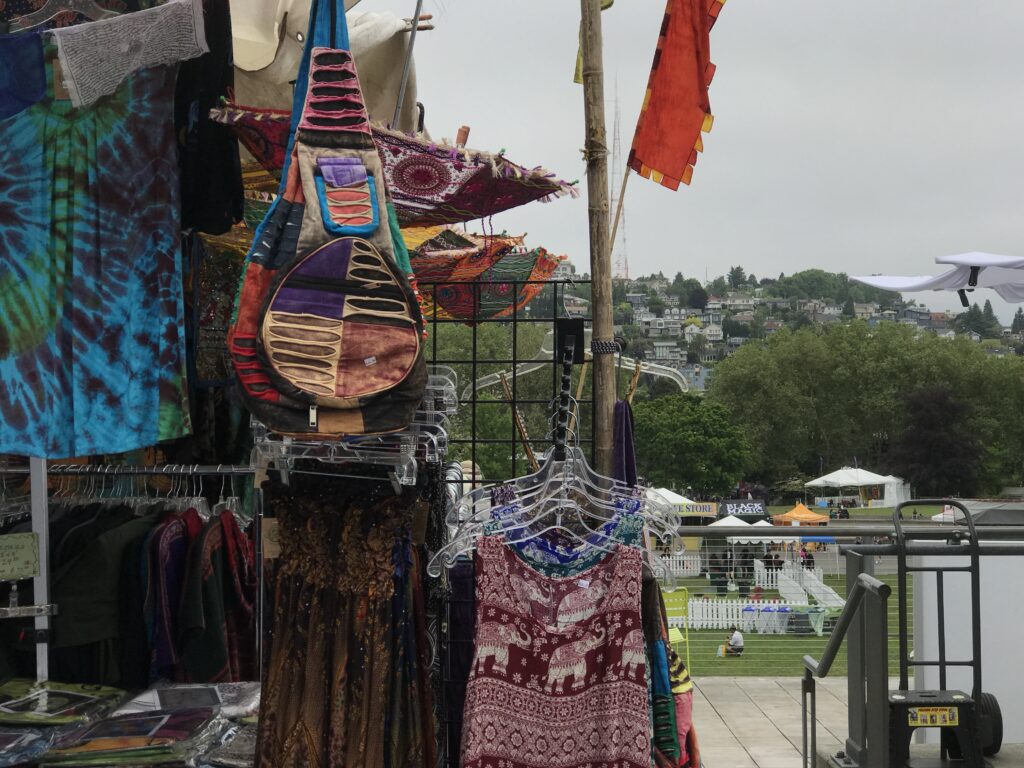
Historical Parallel: Peter Tomozawa, CEO of SeattleFWC26, emphasized the connection to Seattle Center’s World’s Fair legacy: “We’ve been talking about the legacy of the World Cup in 2026, and we’ve been looking at the 1962 World’s Fair, and the legacy of that is the Seattle Center. And so for us to be able to continue that tradition, the legacy of the gathering there is just phenomenal”.komonews+1

Mayor Bruce Harrell echoed this sentiment: “In 1962, Seattle hosted the World’s Fair – building the iconic Space Needle and the Seattle Center campus to showcase the Northwest and our unique arts, culture, and heritage. In 2026, we’ll once again proudly show off our dynamic and diverse city”.harrell.seattle

Access and Infrastructure: The Seattle Center location was chosen for its accessibility via public transportation, Seattle Monorail, state and local ferries, bicycles, walking, and automobiles, connecting easily to downtown hotels and the stadium district. Security and staging capabilities at Seattle Center, along with access to the Monorail and Sound Transit Light Rail, were important factors in the decision.harrell.seattle+1
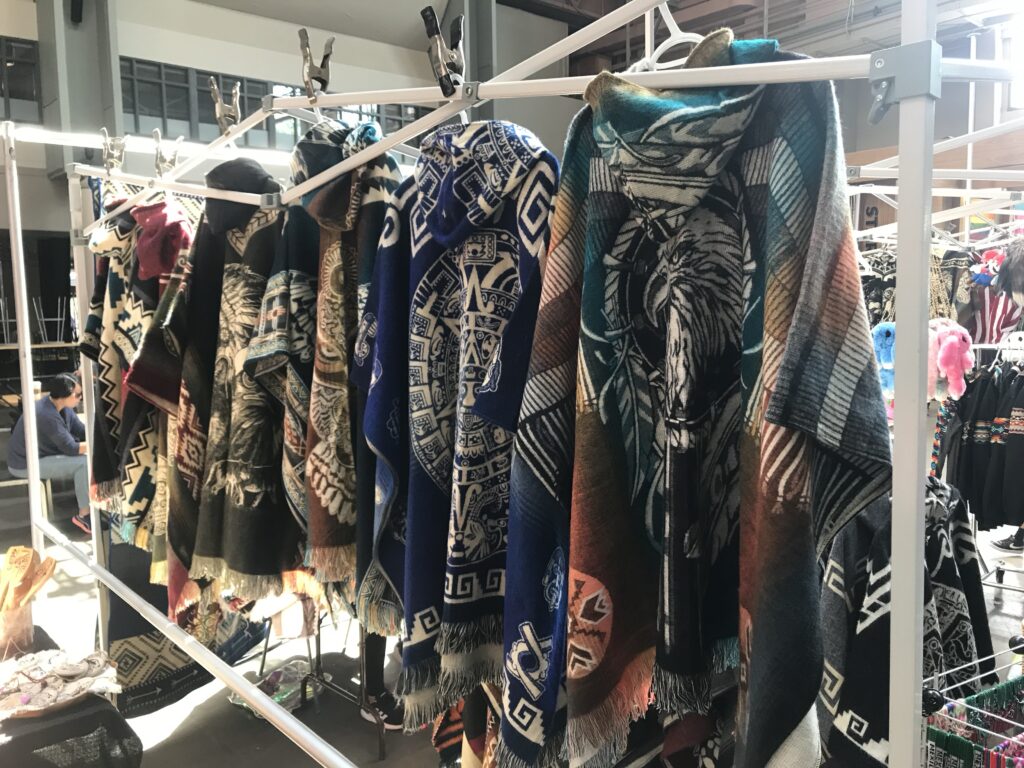
Climate Pledge Arena Involvement: There have been preliminary discussions with Climate Pledge Arena operators about hosting additional events during the World Cup.youtube
Labor Standards: SeattleFWC26 has collaborated with the Martin Luther King Labor Council to establish a Labor Standards Agreement for the Seattle Fan Celebration, marking the first of its kind among FIFA World Cup 2026 host cities and ensuring fair labor practices.seattlefwc26
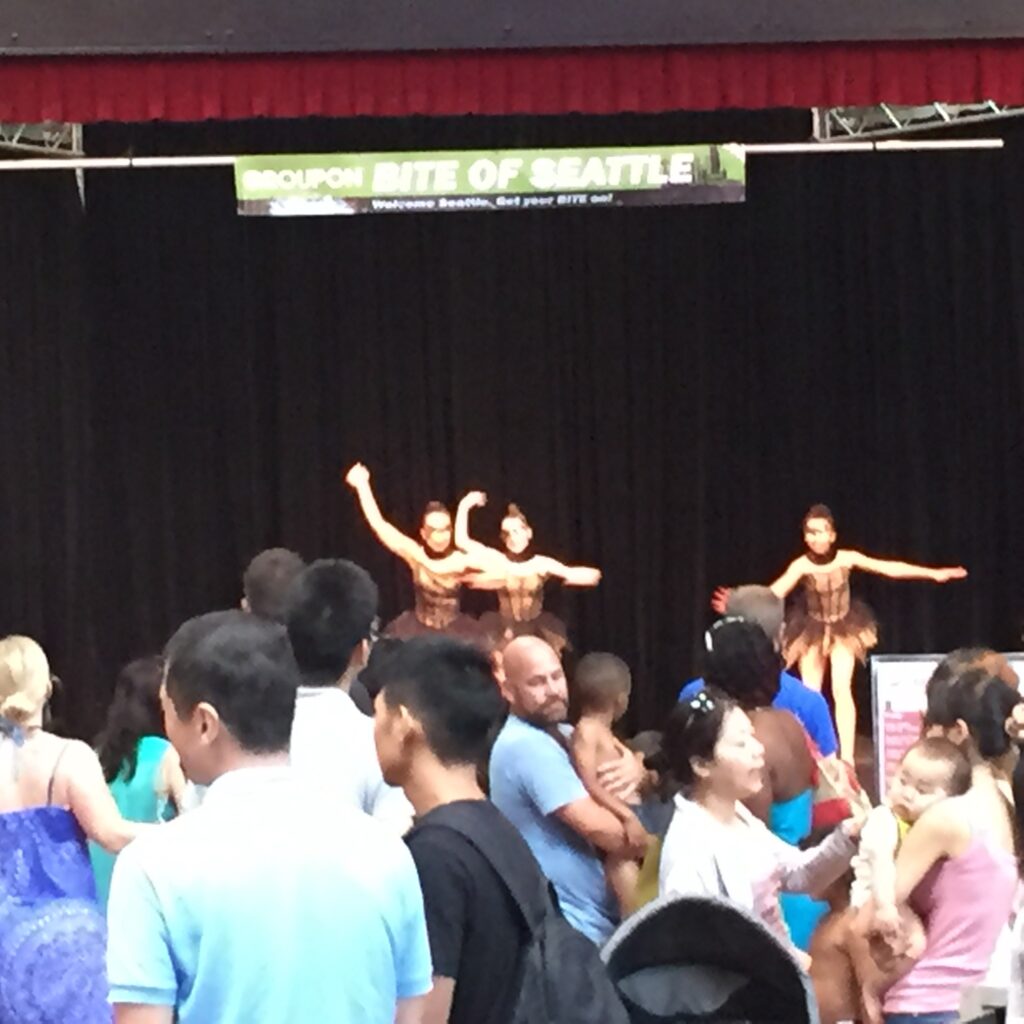
On June 11, 2025, Seattle unveiled its official “One Year to Go” Countdown Clock at Seattle Center, marking exactly one year until the first FIFA World Cup 26™ match in North America.govdelivery
- https://www.seattlecenter.com/events
- https://www.seattlecenter.com/connect/news/tet-festival-kicks-off-2025-seattle-center-festal-lineup
- https://www.seattlecenter.com
- https://visitseattle.org/press/press-kit/seattles-major-attractions/
- https://www.seattlemonorail.com/explore-seattle/
- https://www.spaceneedle.com
- https://www.mopop.org
- https://pacificsciencecenter.org
- https://www.tripadvisor.com/Attraction_Review-g60878-d143565-Reviews-Seattle_Center-Seattle_Washington.html
- https://www.seattle.gov/cityarchives/exhibits-and-education/online-exhibits/the-city-and-the-worlds-fair
- https://www.seattlecenter.com/explore/attractions/armory
- https://seattlecenter.com/connect/book-an-event/rentals/facilities/armory-food-and-event-hall
- https://seattlecenter.com/events/featured-events/festal/indigenous-people-festival
- https://www.spaceneedle.com/plan-your-visit
- https://centerspotlight.seattle.gov/2024/12/18/seattle-center-festal-announces-2025-schedule-with-exciting-new-addition/
- https://www.seattlecenter.com/events/featured-events/festal
- https://www.seattlecenter.com/Documents/Events/FeaturedEvents/Festal/2025_FESTAL_PDSchedule-v2.pdf
- https://www.seattlecenter.com/events/festivals/northwest-folklife
- https://www.seattlecenter.com/connect/news/seattle-center-festal-continues-with-15-more-cultural-festivals-this-summer-and-fall
- https://biteofseattle.com
- https://www.seattlecenter.com/events/festivals/bumbershoot
- https://www.seattlecenter.com/events/event-calendar/bumbershoot-2025
- https://www.seattletimes.com/entertainment/events/bumbershoot-2025-what-to-see-and-do/
- https://en.wikipedia.org/wiki/Seattle_Center_Armory
- https://seattle.curbed.com/2018/11/29/18115475/seattle-center-house-armory-history
- https://web.seattle.gov/DPD/HistoricalSite/QueryResult.aspx?ID=-1438055820
- https://www.seattlecenter.com/explore/attractions
- https://seattletravel.com/disneyland-in-seattle-discover-the-ambitious-plan-that-would-have-reshaped-downtown/
- https://stars.library.ucf.edu/buzzprice/107/
- https://centerspotlight.seattle.gov/2021/03/20/did-you-know-4/
- https://en.wikipedia.org/wiki/Seattle_Center
- https://centerspotlight.seattle.gov/2021/03/26/did-you-know-5/
- https://www.seattle.gov/cityarchives/exhibits-and-education/digital-document-libraries/century-21-worlds-fair
- https://en.wikipedia.org/wiki/Century_21_Exposition
- https://www.ebsco.com/research-starters/history/seattle-worlds-fair
- https://www.historylink.org/File/22588
- https://www.seattlecenter.com/Documents/About/PlansAndProjects/C21_FEIS_June%202008_Seattle%20Center.pdf
- https://www.seattlecenter.com/Documents/About/PlansAndProjects/SeattleCenterCentury21MasterPlan.pdf
- https://harrell.seattle.gov/2024/10/01/local-organizing-committee-and-mayor-harrell-announce-world-cup-fan-celebration-site-at-seattle-center/
- https://seattlefc26.com
- https://seattlefwc26.org/news/seattle-fan-celebration-2026-your-chance-to-be-a-production-partner
- https://visitseattle.org/blog/25-things-to-do-in-seattle-in-2025/
- https://seattle.gov/fifa-2026
- https://www.seattlesports.org/events/fifa-2026
- https://komonews.com/news/local/world-cup-2026-fifa-fan-celebration-seattle-center-host-washington-fisher-pavillion-pacific-science-armory-space-needle-tourism-sports-soccer-events-waterfront-match-game-goals-peter-tomozawa-climate-pledge-arena-bruce-harrell-worlds-fair
- https://www.fox13seattle.com/sports/seattle-center-serve-fan-hub-2026-fifa-world-cup-embargo
- https://www.youtube.com/watch?v=RPevKgSGklY
- https://content.govdelivery.com/accounts/WASEATTLE/bulletins/3e47a76
- https://www.seattlecenter.com/events/event-calendar
- https://centerspotlight.seattle.gov/2025/06/30/seattle-center-festal-continues-with-15-more-cultural-festivals-this-summer-and-fall/
- https://www.seattlecenter.com/connect/news/seattle-center-announces-52-weeks-of-fun-campaign
- https://www.seattlecenter.com/events/featured-events
- https://www.facebook.com/SeattleCenter/
- https://seattlecenter.com/events/event-calendar?date=05-03-2025
- https://visitseattle.org/press/whats-new/
- https://visitseattle.org/members/seattle-citypass/
- https://studiomatthews.com/project/seattle-center-armory/
- https://seattlemag.com/food-and-culture/back-future-why-seattles-worlds-fair-mattered/
- https://www.seattlecenter.com/about/history
- https://en.wikipedia.org/wiki/Criticism_of_the_Walt_Disney_Company
- https://www.fifa.com/en/tournaments/mens/worldcup/canadamexicousa2026/articles/seattle-host-six-matches-stadium
- https://onlinelibrary.wiley.com/doi/abs/10.1111/j.1467-9906.1994.tb00319.x
- https://downtownseattle.org/programs-services/research/economic-report/downtown-tomorrow/
- https://www.washingtonpost.com
- https://www.bizjournals.com/seattle/news/2025/09/02/fifa-club-world-cup-lumen-soccer-sounders-reign.html
- https://247wallst.com/media/2022/08/27/disneys-new-plans-rejected/
- https://www.fifa.com/en/tournaments/mens/worldcup/canadamexicousa2026/fifa-fan-festival
- https://bumbershoot.com
- https://stars.library.ucf.edu/buzzprice/114/
- https://www.seattletimes.com/seattle-news/seattle-center-at-40/
- https://centerspotlight.seattle.gov/2021/03/05/did-you-know-2/
- https://archiveswest.orbiscascade.org/ark:80444/xv33870
- https://www.facebook.com/photo.php?fbid=10159458637156942&id=94073381941&set=a.285115201941
- https://www.facebook.com/BumbershootOfficial/
- https://www.instagram.com/bumbershoot/
- https://www.facebook.com/photo.php?fbid=10159400164111942&id=94073381941&set=a.285115201941
Ballet and Opera at Seattle Center
You can see both world-class ballet and opera at Seattle Center, performed at Marion Oliver McCaw Hall, the region’s premier performance venue located at 321 Mercer Street on the north edge of the Seattle Center campus.mccawhall+2
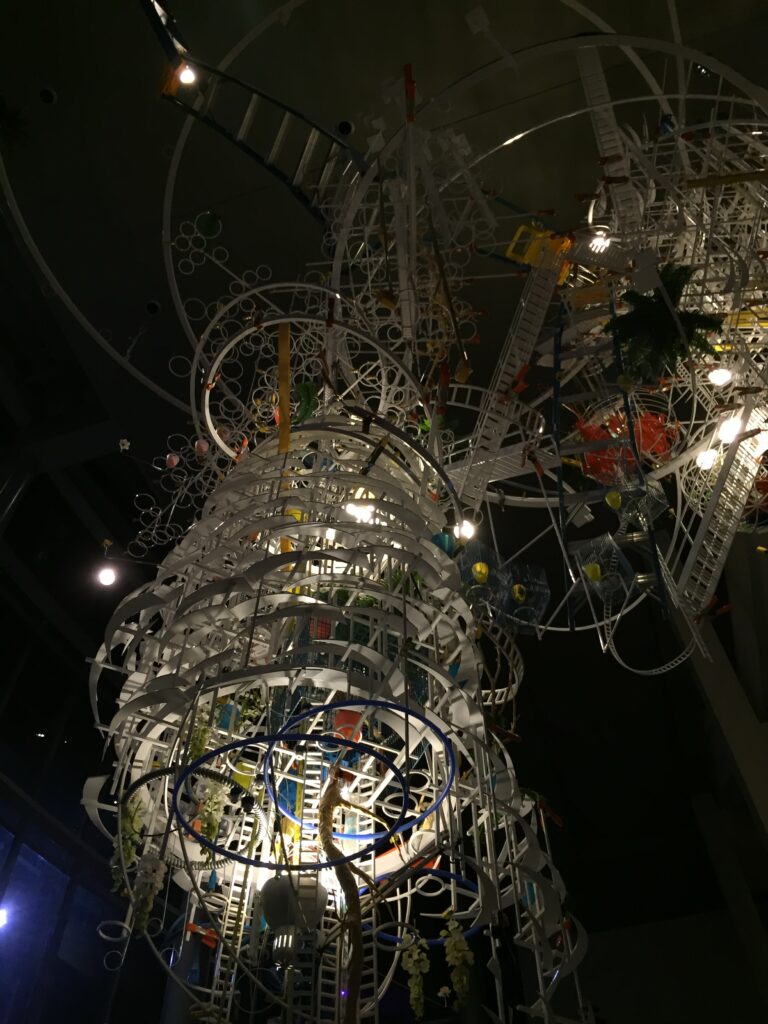
Pacific Northwest Ballet
Pacific Northwest Ballet (PNB), one of the largest and most highly regarded ballet companies in the United States, is a resident company at McCaw Hall. Founded in 1972, the company of nearly fifty dancers presents more than 100 performances each year at McCaw Hall.mccawhall+2
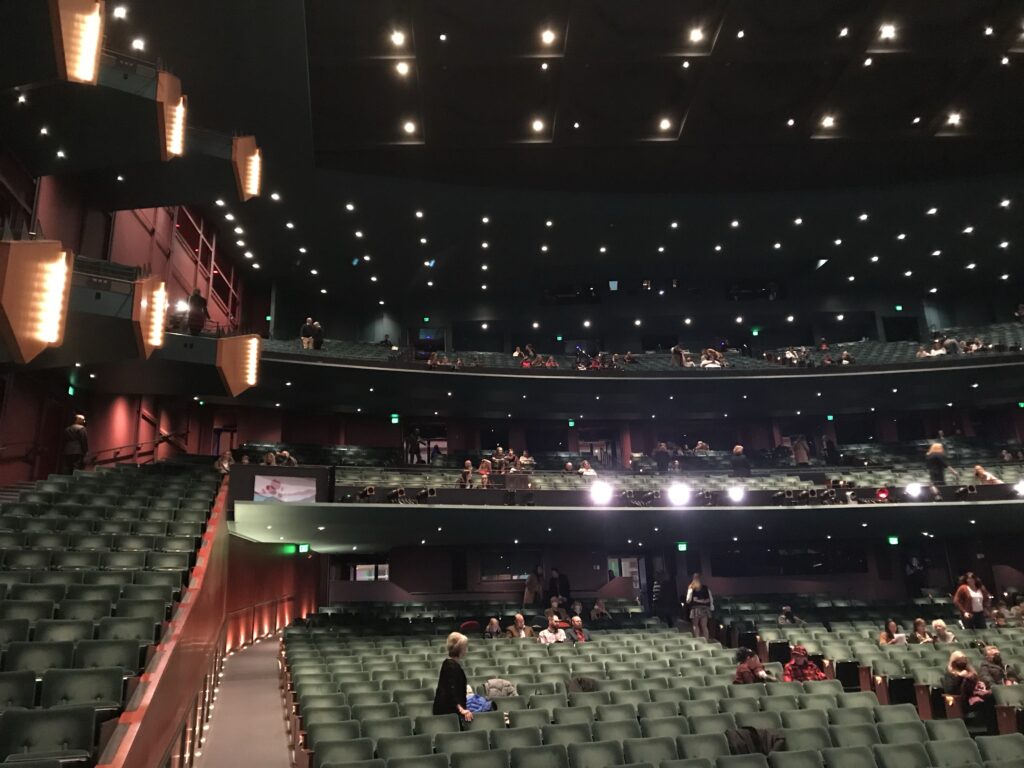
Current and Upcoming 2025-2026 Season Performances:
- George Balanchine’s The Nutcracker® (November 28 – December 28, 2025) – The Northwest’s favorite holiday traditionseattle-theatre+2
- Cinderella (January 30, 2026)mccawhall
- Firebird (March 13-22, 2026)mccawhall
- Giselle (April 10-19, 2026) – A romantic ballet gem with sumptuous costumes and setspnb
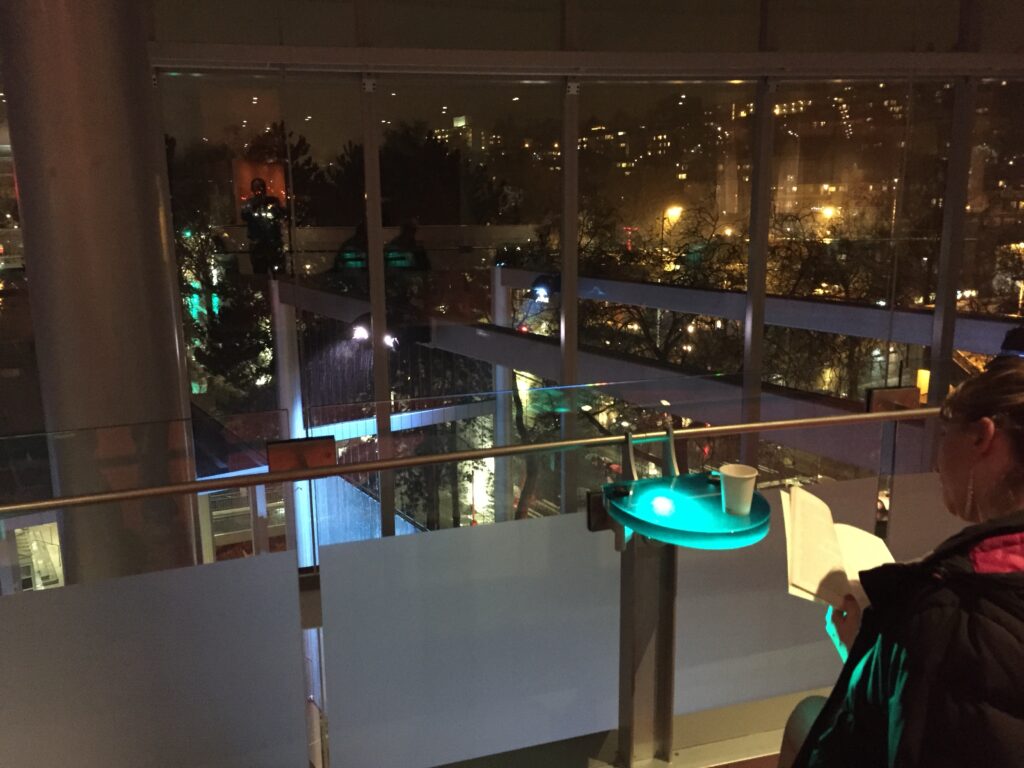
PNB offers 50% off rush tickets for students, seniors (65+), school employees, arts industry professionals, and government/military personnel (with ID), available day-of-show by phone or at McCaw Hall box office starting 90 minutes before performances. Tickets start at $39 for most performances.pnb+1

Seattle Opera
Seattle Opera, established in 1963, is the other principal resident tenant at McCaw Hall. The opera company presents performances of the highest caliber, serving more than 95,000 attendees each year, with over 400,000 people reached through school performances and radio broadcasts.wikipedia+2

Seattle Opera and Pacific Northwest Ballet together present approximately 150 performances annually at McCaw Hall. The opera also offers family-friendly programming, including one-act operas designed for youth audiences.seattlecenter+1
About McCaw Hall
McCaw Hall opened in June 2003 as a $127 million renovation of the original Seattle Opera House (which itself was renovated from the 1928 Civic Auditorium for the 1962 World’s Fair). The renovation was made possible through a partnership between Pacific Northwest Ballet, Seattle Opera, Seattle Center, and the Seattle Center Foundation, securing $55 million in public funds and over $72 million in private philanthropic gifts.mccawhall+1
The hall features the state-of-the-art 2,900-seat Susan Brotman Auditorium, the 380-seat Nesholm Family Lecture Hall, Prelude Café, elegant lobbies with a luminous five-story serpentine glass wall, and a 17,800-square-foot public plaza (the Kreielsheimer Promenade).wikipedia+1
Beer Pubs Near Seattle Center
Seattle Center is located in the Lower Queen Anne/Uptown neighborhood, which offers numerous pubs and bars within easy walking distance:
Immediately Adjacent to Seattle Center (Within 2-3 Blocks)
Uptown Hophouse – A sports pub located at 219 First Ave. N., directly across the street from Climate Pledge Arena. Features good food and great craft beer.uptownhophouse
McMenamins Queen Anne – Set beneath the Space Needle and just a block from Seattle Center at 200 Roy Street. This pub features three mural-painted fermenting tanks, serves Northwest-style pub fare with house-made pizza and soups, and offers McMenamins craft ales, ciders, and rotating seasonal brews. Open Sunday-Thursday 11am-10pm and Friday-Saturday 11am-midnight.mcmenamins
Streamline Tavern (Streamline Seattle) – Located at 174 Roy Street. A classic graffiti-adorned neighborhood dive bar that has been serving Lower Queen Anne for more than 60 years. Features pulled pork sliders, a cozy atmosphere, and excellent craft beer selection. Open daily 12pm-2am.tripadvisor+2
Buckley’s on Queen Anne – A laid-back sports bar at 219 1st Ave N with casual fare, multiple TVs for sports viewing, and weekend brunch. Features homemade food, great drinks, and a hometown feel.buckleyspubs
Queen Anne Beer Hall – A low-slung beer hall offering tons of room and nicer-than-average bar food with German overtones, including pretzels served multiple ways (bread bowl for clam chowder, charcuterie board base, or with mustard and cheese sauce).seattlemet
Upper Queen Anne (Short Uphill Walk)
Hilltop Ale House – Located at 2129 Queen Anne Ave N. This neighborhood ale house opened in 1991 and features upscale gourmet pub food at reasonable prices, a well-curated draft beer selection, outdoor patio seating, and friendly service. Open Monday-Thursday 11:30am-10pm, Friday-Saturday 11:30am-11pm.tripadvisor+3
Mulleady’s Irish Pub – Located at 3055 21st Ave W.yelp
Other Nearby Options
The Masonry – A pizzeria on Roy Street offering wood-fired pizza with seasonal toppings and great beer, co-owned by someone who runs Fast Fashion brewery.seattlemet
Moto Pizza – An underground Belltown spot with Detroit-style pizza, boozy drinks, and a fun atmosphere.seattlemet
The Traveling Goat – Walking distance to Climate Pledge Arena, open for happy hour, serving new comfort classics.travelinggoatseattle
For additional context, Seattle also has a major brewery concentration in the Ballard neighborhood (about 2-3 miles north), which hosts approximately 25 breweries within walking distance of each other, including highly-rated spots like Stoup, Reuben’s Brews, Holy Mountain, Cloudburst, and Urban Family.emeraldpalate+1
Craft Brewery Festivals at Seattle Center
Yes, Seattle Center hosts a major annual craft brewery festival: the Washington Brewers Festival (also called Washington Brewers Fest), one of the region’s largest and most important beer festivals.jjh.ttt.mybluehost+2
Washington Brewers Festival 2025
Dates: June 20-21, 2025 (already occurred this year)brewpublic+3
Location: Seattle Center’s Fisher Pavilion and South Fountain Lawn, in the shadow of the Space Needleseattlecenter+3
Details:
- Presented by the Washington Brewers Guild, a non-profit trade association that promotes Washington craft brewerswashingtonbeerblog+1
- Featured over 75 breweries from across Washington State serving hundreds of beerswashingtonbrewersguild+1
- Festival tickets included unlimited tastes of craft beers, ciders, and other artisanal beverages – no drink tickets requiredjjh.ttt.mybluehost+3
- Hours: Friday 6:30pm-10pm, Saturday 1pm-4:30pm (with early entry one hour before)brewpublic
- 21+ only eventwashingtonbeerblog+1
- Expected attendance: younger and more diverse crowds than previous yearswashingtonbeerblog
- Entertainment included: Kevin Sur with KEXP DJs, SOS Pro Wrestling, Pink Boots Society Arm Wrestling, live music, and local food vendorsseattlecenter+2
The festival serves as a fundraiser for the Washington Brewers Guild, which provides legislative advocacy and promotes camaraderie among the state’s breweries. This event transforms Seattle Center into what organizers call “a dynamic playground” celebrating Washington’s craft beer culture.jjh.ttt.mybluehost+1
Other Seattle-Area Beer Festivals
While not at Seattle Center, other notable Seattle beer festivals include:
Fremont Oktoberfest (September 18-20, 2026) – Seattle’s largest and longest-running beer festival, held on the streets of the Fremont neighborhood. Features 80+ craft and German beers, entertainment, contests, and live music. Strictly 21+ only, except dogs are welcome on Sunday.fremontoktoberfest+2
Seattle Beer Week – An annual week-long celebration of beer throughout the Seattle area.seattlebeerweek
Various individual breweries and pubs throughout Seattle also host their own Oktoberfest celebrations in September and October, featuring German-style beers, food, stein-holding contests, and traditional entertainment.washingtonbeerblog
- https://www.mccawhall.com/about-mccaw-hall
- https://en.wikipedia.org/wiki/McCaw_Hall
- https://www.seattleopera.org/plan-your-visit/mccaw-hall/
- https://www.mccawhall.com/teams/detail/pacific-northwest-ballet-events
- https://visitseattle.org/members/pacific-northwest-ballet/
- https://www.seattle-theatre.com/shows/dance
- https://www.pnb.org/nutcracker/
- https://www.pnb.org/season/giselle/
- https://www.pnb.org/season/plan-your-visit/
- https://www.mccawhall.com/teams/detail/seattle-opera-events
- https://www.seattlecenter.com/events/event-calendar/artists-at-the-center-seattle-opera
- https://www.uptownhophouse.com
- https://www.mcmenamins.com/queen-anne
- https://www.tripadvisor.com/Restaurant_Review-g60878-d10048536-Reviews-Streamline_Seattle-Seattle_Washington.html
- https://www.yelp.com/biz/streamline-tavern-seattle-2
- https://www.facebook.com/streamlinetavern/
- https://buckleyspubs.com
- https://www.seattlemet.com/eat-and-drink/restaurants-near-climate-pledge-arena
- https://www.tripadvisor.com/Restaurant_Review-g60878-d432550-Reviews-Hilltop_Ale_House-Seattle_Washington.html
- https://www.mapquest.com/us/washington/hilltop-ale-house-12575724
- https://www.yelp.com/biz/hilltop-ale-house-seattle
- https://www.hilltopalehouse.com
- https://www.yelp.com/search?cflt=pubs&find_loc=Queen+Anne%2C+Seattle%2C+WA
- https://www.travelinggoatseattle.com
- https://www.emeraldpalate.com/best-seattle-breweries/
- https://www.reddit.com/r/Seattle/comments/114k819/best_brewpubsplaces_to_visit_in_seattle/
- https://jjh.ttt.mybluehost.me/washington-brewers-festival-2025-june-20-21/
- https://brewpublic.com/beer-events/washington-brewers-festival-returns-to-seattle-from-june-20-21-2025/
- https://washingtonbeerblog.com/eleven-reasons-to-attend-the-washington-brewers-festival/
- https://www.seattlecenter.com/events/event-calendar/washington-brewers-fest-x43868
- https://www.washingtonbrewersguild.org/wabrewersfest2025/
- https://washingtonbeerblog.com/washington-brewers-festival-lends-more-focus-on-the-festival/
- https://fremontoktoberfest.com
- https://washingtonbeerblog.com/seattles-largest-beer-fest-returns-fremont-oktoberfest/
- https://washingtonbeerblog.com/washington-breweries-and-bars-celebrating-oktoberfest-2025/
- https://www.seattlebeerweek.com
- https://www.oldstove.com
- https://www.yelp.com/search?cflt=breweries&find_near=seattle-center-monorail-seattle
- https://www.tripadvisor.com/Attractions-g60878-Activities-c36-t133-Seattle_Washington.html
- https://www.mccawhall.com/events-tickets/purchase-tickets
- https://www.pnb.org/season/
- https://www.seattleopera.org
- https://www.ounceswestseattle.com/oktoberfest
- https://www.opentable.com/cuisine/best-gastro-pub-restaurants-seattle-center-wa
- https://www.greaterseattleonthecheap.com/oktoberfest-beer-festivals/
- https://www.seattlecenter.com/events/festivals
- https://www.theinfatuation.com/seattle/guides/t-mobile-park-restaurants-bars
- https://www.reddit.com/r/AskSeattle/comments/1du426i/looking_for_the_best_go_to_bar_near_tmobile_park/
- https://www.hatback.com
- https://www.yelp.com/search?find_desc=Bars+Near+Safeco+Field&find_loc=Seattle%2C+WA
- https://www.yelp.com/search?cflt=bars&find_near=uptown-hophouse-seattle
- https://www.opentable.com/r/hilltop-ale-house-seattle
- https://www.yelp.com/search?find_desc=Happy+Hour&find_near=lumen-field-seattle-2
- https://www.yelp.com/biz/hilltop-ale-house-seattle?start=40
- https://crewfare.com/blog/best-sports-bars-in-seattle
- https://www.hilltopalehouse.com/menu/
Seattle’s famous “seven hills” — Beacon, Capitol, First, Denny, Queen Anne, Magnolia, and West Seattle — became part of civic lore through comparisons to ancient Rome, whose own seven hills symbolized power and permanence. Early Seattleites, influenced by that metaphor, liked to boast that their young city was also “built on seven hills, like Rome” although the choice of which seven varied over time. These hills originally formed a rugged landscape shaped by Ice Age glaciers. Before massive regrading, Denny Hill rose just north of downtown with homes, the Washington Hotel, and Denny School before being sluiced away between 1897 and 1930 to create today’s Denny Regrade district. Queen Anne Hill, Seattle’s highest (456 feet), was once a wooded rise overlooking tide flats; early mansions built in the 1890s gave it its name, and Seattle Center sits at its southern base in the area called Lower Queen Anne. First Hill, nicknamed “Pill Hill,” was a prosperous residential area that became home to Seattle’s first hospitals and medical schools, a role it maintains today. Capitol Hill, originally called Broadway Hill, once held farms and small timber claims; now it’s Seattle’s densest district, vibrant with nightlife and LGBTQ+ culture. Beacon Hill, a glacial ridge running south of downtown, was pasture and farmland before early streetcar lines turned it residential; today it’s known for its multicultural neighborhoods and sweeping city views. Magnolia Hill, once coastal forest and farmland, became a postwar suburban enclave wrapped by Discovery Park. West Seattle Hill, the oldest settled high ground, served as Seattle’s original townsite before annexation, now famed for Alki Beach and views of downtown. Collectively, these hills gave early Seattle its distinctive terrain and enduring sense of civic mythology — a Northwest echo of Rome’s eternal seven.[1][2][3][4][5]
Sources
[1] Seven Hills of Seattle – by David B. Williams – Street Smart Naturalist https://streetsmartnaturalist.substack.com/p/seven-hills-of-seattle
[2] Queen Anne, Seattle – Wikipedia https://en.wikipedia.org/wiki/Queen_Anne,_Seattle
[3] Denny Regrade (Seattle) – HistoryLink.org https://www.historylink.org/file/21204
[4] Regrading in Seattle – Wikipedia https://en.wikipedia.org/wiki/Regrading_in_Seattle
[5] Queen Anne, WA, Seattle, WA 98119, US – MapQuest https://www.mapquest.com/us/washington/queen-anne-wa-282010505
[6] Seven hills of Seattle – Wikipedia https://en.wikipedia.org/wiki/Seven_hills_of_Seattle
[7] Secrets of Seattle’s 7 Hills with David B. Williams https://seattlearchitecture.strangertickets.com/events/110192463/secrets-of-seattle-s-7-hills-with-david-b-williams
[8] The Septimontium and the Seven Hills — CP 1:69‑80 (1906) https://penelope.uchicago.edu/Thayer/E/Journals/CP/1/1/Septimontium*.html
[9] Introduction: the journey to Rome (Chapter 1) – The Hills of Rome https://www.cambridge.org/core/books/hills-of-rome/introduction-the-journey-to-rome/B91BE9A4BC693A776A7B5021D4E53E87
[10] The Regrade Disasters – Historic Seattle https://historicseattle.org/the-regrade-disasters/
Cyclical Growth in Seattle: Concept, History, and Resilience Strategies
Understanding Cyclical Growth
Cyclical growth refers to recurring patterns of economic expansion (boom), overheating (bubble), and contraction (bust) that characterize certain regional economies. Seattle exemplifies this pattern distinctly, with documented boom-bust cycles stretching back to the 1870s, making it one of America’s most cyclically volatile major metropolitan areas.[1][2]
The concept operates as follows: rapid growth attracts massive capital inflows and population migration, creating infrastructure bottlenecks, housing shortages, and wage pressures. Speculative investment drives asset prices (especially real estate) well above fundamental values. Eventually, demand softens, companies reduce hiring, investment dries up, and prices collapse, creating significant unemployment and business failures. Recovery typically requires years of adjustment before the next cycle begins.[3][2][1]
Seattle’s Historical Boom-Bust Cycles
Seattle has experienced multiple severe cycles since its founding:
The Gold Rush Cycle (1890s-1900s)
The Klondike Gold Rush of 1897 transformed Seattle into a supply hub for Alaska gold miners, creating explosive growth that tripled the city’s population to 240,000 by 1910. However, when the gold rush ended, the boom deflated, leaving overcapacity and economic stagnation.[1]
The Boeing Cycle (1960s-1971)
Boeing’s post-war expansion during the 1960s brought unprecedented prosperity, with Bellevue growing 328% as the company centralized operations on the Eastside. However, when Boeing dramatically reduced employment in the early 1970s—the “Boeing Bust”—the regional economy collapsed. Between 1965 and 1980, Seattle’s population actually declined from 565,000 to under 500,000, with unemployment reaching crisis levels.[4][5][1]
The Current Tech Cycle (2010-present)
Microsoft’s continued growth and Amazon’s explosive expansion created a new boom beginning around 2010. Amazon grew from 5,000 employees in 2010 to over 60,000 by 2020, driving office construction, apartment development, and population growth at rates triple Seattle’s historical average (2.8% annually versus 0.99% historically). This boom has created familiar concerns about overheating, affordability crises, and speculation.[2][3]
Why Seattle Experiences Cyclical Growth
Several structural factors explain Seattle’s pronounced cyclicality compared to more diversified metropolitan areas:
Geographic Isolation and Specialization
Seattle’s position on the Pacific Coast’s northern edge historically meant its economy concentrated in high-value-added, location-insensitive industries—first gold and fish, then shipbuilding, then Boeing aircraft, now technology. This geographic advantage for specific sectors creates both opportunity and vulnerability. When those sectors boom, the entire region prospers. When they face headwinds, the region lacks diversified alternatives to cushion the decline.[6][1]
Dependence on Large Anchor Employers
Unlike more diversified metros, Seattle’s economy has repeatedly become dangerously dependent on single large employers. Boeing at its peak employed over 100,000 workers in the region—roughly 25% of all employment. Amazon similarly dominates contemporary employment, creating what one observer called “dependence on the company behind it all”.[2][4]
Technology Sector Volatility
Tech booms and busts are inherently more dramatic than traditional manufacturing. Software and cloud services can scale rapidly with relatively little additional capital, creating explosive growth phases. However, when market sentiment shifts or competitive pressures intensify, companies can dramatically reduce headcount quickly, as Amazon did with its 2022-2023 layoffs affecting over 18,000 workers.[7]
Real Estate Speculation
Seattle’s geography—bounded by water, mountains, and regional boundaries—creates artificial scarcity that drives real estate speculation during booms. Home prices increased 19% in a single year during the 2010s boom, while multi-family development occurred at rates far exceeding historical patterns. This speculation amplifies boom-bust cycles as buyers and developers assume growth will continue indefinitely.[3]
Policies and Laws Enabling Seattle’s Prosperity Across Cycles
Seattle has developed a strategic framework of policies designed to help the region prosper regardless of where it sits in the growth cycle:
1. Economic Diversification Strategy (Post-Boeing Bust)
The Deliberate Diversification Mandate
After the Boeing Bust devastated the region in the early 1970s, Seattle’s leadership explicitly chose diversification over dependence on a single industry. This coordinated public-private effort succeeded in attracting Microsoft (1979), which brought knowledge-economy jobs that didn’t require the massive physical infrastructure that Boeing demanded.[4][6][1]
Current Diversification Goals
Today’s comprehensive planning emphasizes supporting multiple sectors that meet specific criteria: paying higher-than-average wages, bringing new capital into the economy, showing good future growth prospects, involving business clusters, using quality environmental practices, or diversifying the regional economic base. This multi-sector approach reduces cyclical vulnerability by ensuring that if one sector faces headwinds, others can maintain growth.[8][9]
2. Urban Village Strategy
Managed Growth Through Spatial Concentration
Adopted in the 1990s under Mayor Norm Rice, the Urban Village Strategy directs new development into designated urban centers and villages rather than sprawling across the entire region. During boom periods, this policy channels growth into walkable, transit-oriented neighborhoods that can absorb it more sustainably. During busts, it preserves land value and provides infrastructure efficiency.[10][11]
Limitations and Evolution
However, the Urban Village Strategy has also constrained housing supply, contributing to the very affordability crises that make booms unsustainable. Newer policy thinking acknowledges that over-concentration of growth in narrow zones creates artificial land scarcity, driving speculation and inequality. Seattle is now reconsidering the strategy to allow more housing throughout the city rather than only in designated villages.[12][11][10]
3. Infrastructure Investment for Resilience
Transportation and Port Infrastructure
Seattle’s Port, founded in 1911, has invested strategically in aviation and maritime infrastructure to maintain competitive advantages during economic fluctuations. The new $5.6 billion capital improvement plan (2025-2029) represents the port’s largest infrastructure investment in history, positioning it to compete globally during both booms and downturns. Similarly, light rail investments create long-term structural advantages that support economic activity regardless of cyclical conditions.[13]
Transportation as Counter-Cyclical Tool
During booms, transit infrastructure reduces congestion and supports continued growth. During busts, transit provides efficient movement of workers seeking dispersed job opportunities and reduces commuting costs for lower-income workers.[12][13]
4. Workforce Development and Education
Human Capital Investment
Seattle’s Comprehensive Plan emphasizes developing a highly trained local workforce that can compete for high-wage employment across multiple sectors. The University of Washington, community colleges, and specialized training programs like Maritime High School create an adaptable workforce capable of transitioning between industries during sectoral shifts.[9][14][8][13]
Equity-Focused Recovery
Post-COVID economic recovery frameworks explicitly recognize that cyclical downturns disproportionately affect low-income workers and communities of color. The Forward Together recovery framework aims to create regional economic strategies that benefit all communities, not just those connected to booming sectors, reducing cyclical inequality.[14][15]
5. International Trade Facilitation
Strategic Port Development
As one of America’s most trade-dependent states, Washington maintains its competitive position through Port of Seattle investments that facilitate international commerce. Maritime industry jobs—both direct and supply-chain—represent 83,000 positions, providing economic diversity beyond tech. During booms, international trade supports growth. During busts, trade can partially offset domestic weakness.[16][17]
Trade Policy Advocacy
Port of Seattle leadership actively engages in trade policy to protect regional interests, recognizing that tariffs and trade disruptions disproportionately affect the region’s trade-dependent economy.[17][16]
6. Business Climate and Regulatory Environment
Positive Business Climate Policies
Seattle’s Comprehensive Plan commits to creating a positive business climate through adequate public services, infrastructure, and customer service to businesses. This includes supporting small business access to capital and entrepreneurship training, enabling new firms to emerge during both boom and bust cycles.[8][9][14]
Anti-displacement Frameworks
Recognizing that cyclical booms create displacement pressures, Seattle is developing anti-displacement frameworks to help existing residents remain in neighborhoods experiencing rapid change. This reduces social disruption during boom phases and preserves community continuity through bust phases.[12]
7. Cultural and Amenity Investment
Quality of Life as Competitive Advantage
Seattle’s Comprehensive Plan explicitly recognizes that high quality of life serves as a competitive economic advantage, attracting and retaining talent across sectors. Cultural institutions, parks, and public spaces provide value during booms (attracting relocated talent) and sustain community cohesion during busts.[8]
Contemporary Vulnerabilities and Future Resilience
Despite these policies, Seattle faces emerging cyclical risks:
Tech Sector Concentration Persists
Despite diversification efforts, tech still generates one-third of Seattle’s GDP, making the region vulnerable to tech market downturns. Amazon and Microsoft together represent enormous employment concentration.[18][2]
Housing Affordability as Boom-Bust Amplifier
The disconnect between explosive population growth (2.8% annually) and historical growth rates (0.99%) has created housing shortages that drive speculation and amplify boom-bust dynamics. Without sufficient housing production, booms create affordability crises that become politically unstable, potentially triggering boom-to-bust transitions more abruptly than warranted by fundamentals.[11][3]
Climate and Supply Chain Risks
Future cycles may be complicated by climate disruption affecting port operations and supply chains, and by geopolitical trade uncertainties.[16][17]
Conclusion
Seattle’s cyclical growth reflects both its greatest asset—strategic positioning for high-value-added industries—and its greatest vulnerability—dependence on those industries. The city has developed increasingly sophisticated policies to manage these cycles: deliberate economic diversification, managed growth through urban villages, strategic infrastructure investment, workforce development, trade facilitation, and equity-focused recovery frameworks.
However, the region’s ability to prosper across all phases of the cycle depends on continued commitment to these strategies and their evolution. The current challenge involves loosening artificial housing constraints that amplify speculation while maintaining enough planning coherence to achieve infrastructure efficiencies. Whether Seattle can navigate its next cycle—particularly as tech sector growth moderates and Boeing faces structural challenges—will test whether its diversification and resilience policies are sufficiently robust.[19][18][4]
Sources
[1] Turning Point 7: A Bumpy Ride: Seattle’s Economic Booms, Busts … https://www.historylink.org/file/9301
[2] In Seattle, famous for boom-and-bust since the Gold Rush, some fret … https://www.foxbusiness.com/features/in-seattle-famous-for-boom-and-bust-since-the-gold-rush-some-fret-over-amazons-weight
[3] Is the Seattle boom becoming a bubble-and then a bust? http://www.newtoseattle.com/2015/03/27/is-seattle-boom-becoming-a-bubble-and-then-a-bust/
[4] Fifty years after the Boeing bust, Seattle faces another recovery … https://www.seattletimes.com/business/fifty-years-after-the-boeing-bust-seattle-faces-another-recovery-challenge/
[5] Bellevue’s boom: City’s tech industry is poised to eat Seattle’s lunch https://www.geekwire.com/2021/bellevues-boom-citys-tech-industry-poised-eat-seattles-lunch/
[6] It Won’t Be Your Grandfather’s Boeing Bust | Post Alley https://www.postalley.org/2020/04/29/it-wont-be-your-grandfathers-boeing-bust/
[7] Seattle, Tech Boomtown, Grapples With a Future of Fewer Tech Jobs https://www.wsj.com/tech/seattle-tech-amazon-microsoft-jobs-95f2db27
[8] [PDF] Seattle’s Comprehensive Plan, Economic Development Element https://www.seattle.gov/documents/Departments/OPCD/OngoingInitiatives/SeattlesComprehensivePlan/EconomicDevelopmentElement.pdf
[9] ECONOMIC DEVELOPMENT ELEMENT – Seattle City Clerk’s Office http://clerk.seattle.gov/~ordpics/113361_6.htm
[10] Seattle’s long-standing ‘urban village’ strategy for growth needs … https://www.seattletimes.com/seattle-news/politics/seattles-longstanding-urban-village-strategy-for-growth-needs-reworking-new-report-says/
[11] Re-examining the Urban Village Strategy – Seattle Transit Blog https://seattletransitblog.com/2014/10/20/re-examining-the-urban-village-strategy/
[12] Op-Ed: Building the Seattle We Want with the Growth We’ll Have https://www.theurbanist.org/2024/04/29/op-ed-building-the-seattle-we-want-with-the-growth-well-have/
[13] Port of Seattle launches $5.6 billion plan to transform aviation and … https://govmarketnews.com/port-of-seattle-launches-5-6-billion-plan-to-transform-aviation-and-maritime-operations-in-pacific-northwest/
[14] [PDF] An Economic Recovery Framework for Greater Seattl https://forward-together.org/wp-content/uploads/2021/09/Economic-Recovery-Plan_final_0921_sm.pdf
[15] [PDF] Regional Recovery Framework – Greater Seattle Partners https://www.greater-seattle.com/wp-content/uploads/2020/11/CAI.GSP-Regional-Recovery-Framework-WORKING-DRAFT.2020-1030_GSPEdits.pdf
[16] Tariff Impacts on our Maritime Economy | Port of Seattle https://www.portseattle.org/commission-blog/20227/tariff-impacts-our-maritime-economy
[17] Field Updates: Navigating the Trade War – Port of Seattle https://www.portseattle.org/commission-blog/1985/field-updates-navigating-trade-war
[18] Seattle leads U.S. cities in economic growth – W[REPORT] https://getthewreport.com/local-economy/seattle-leads-u-s-cities-in-economic-growth/
[19] Seattle area leads nation in economic growth – Axios https://www.axios.com/local/seattle/2024/12/10/gdp-growth-seattle-metro-2023
[20] Seattle’s economic surge highlights regional strength – CoStar https://www.costar.com/article/427372869/seattles-economic-surge-highlights-regional-strength
[21] Office of Economic Development – Seattle.gov https://www.seattle.gov/economic-development
[22] [PDF] General Fund Revenue Overview – Seattle.gov https://www.seattle.gov/documents/departments/financedepartment/20adoptedbudget/generalfundrevenueoverview.pdf


